Kochi - 2010
After the overnight train trip back to Delhi, I had a 2-hour flight to Mumbai
and then another 2-hour flight to Kochi in Kerala state in southern India.
My first impression here was that it was a more relaxed and neater area than in the north.
The hotel for my next Intrepid travel trip was in Fort Cochin.
This area has had a varied history. The Portuguese, Dutch and English have all occupied and controlled this coast.
Christianity is the predominant religion here.
These large "Chinese" fishing nets are a major tourist attraction in Kerala.
The nets may have been introduced by the Chinese explorer Zheng He.
Each installation is operated by a team of up to six fishermen.
The system is sufficiently balanced that the weight of a man walking along the main beam
is sufficient to cause the net to descend into the sea generally when there is a strong current.
The net is left for a short time, possibly just a few minutes, before it is raised by pulling on ropes.
The catch is usually modest - a few fish and and these may be sold to passers-by within minutes.
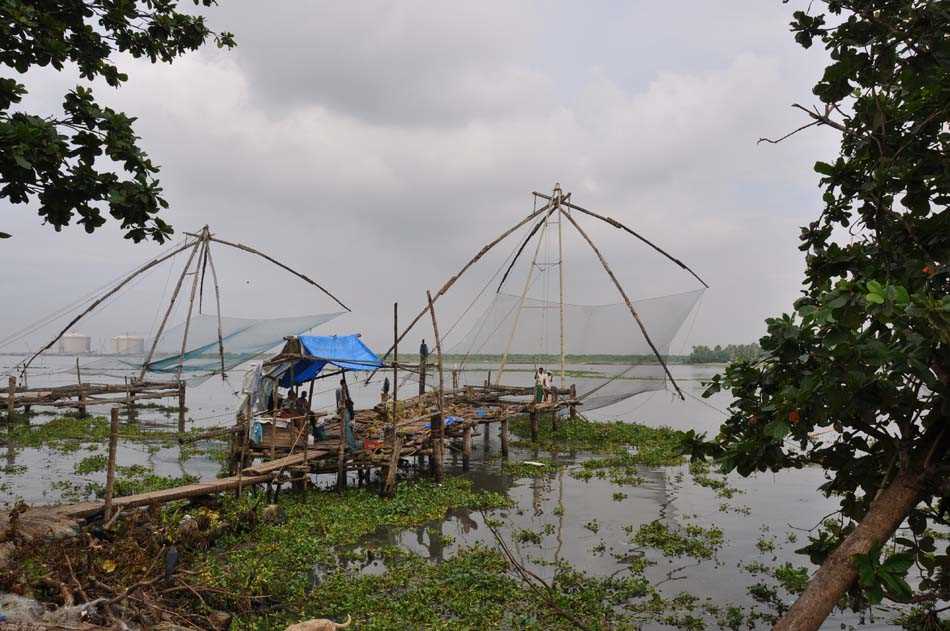
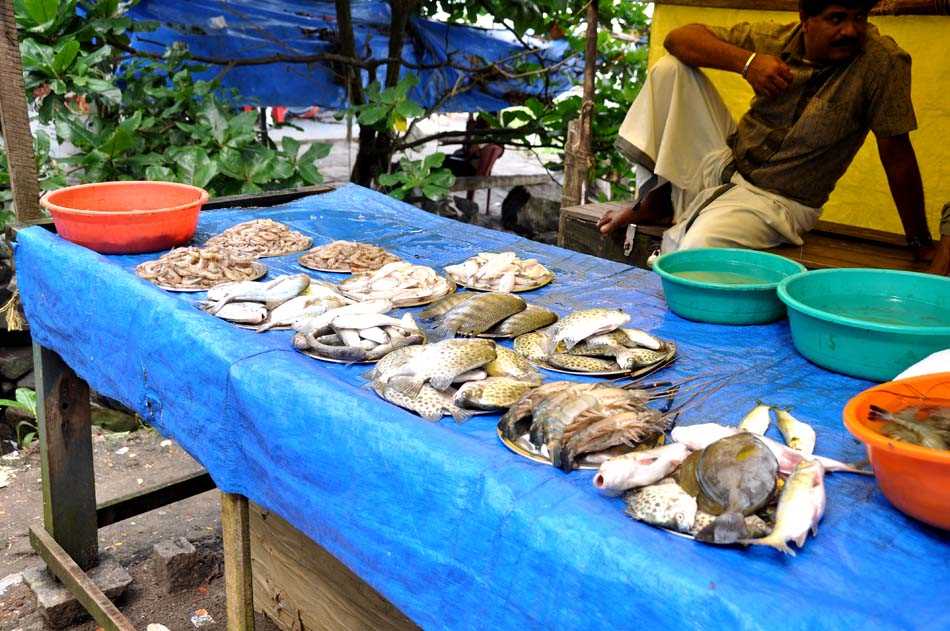
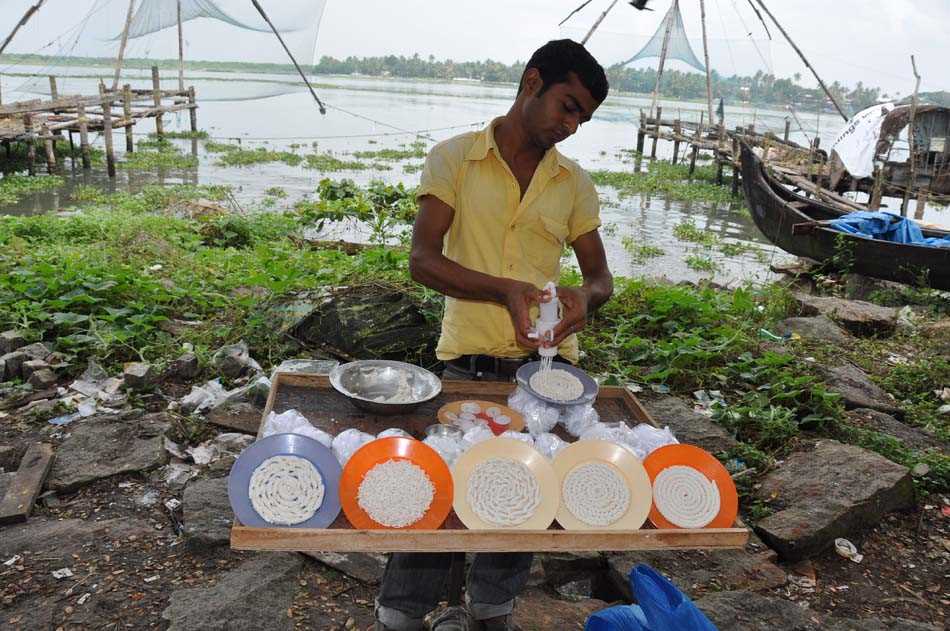
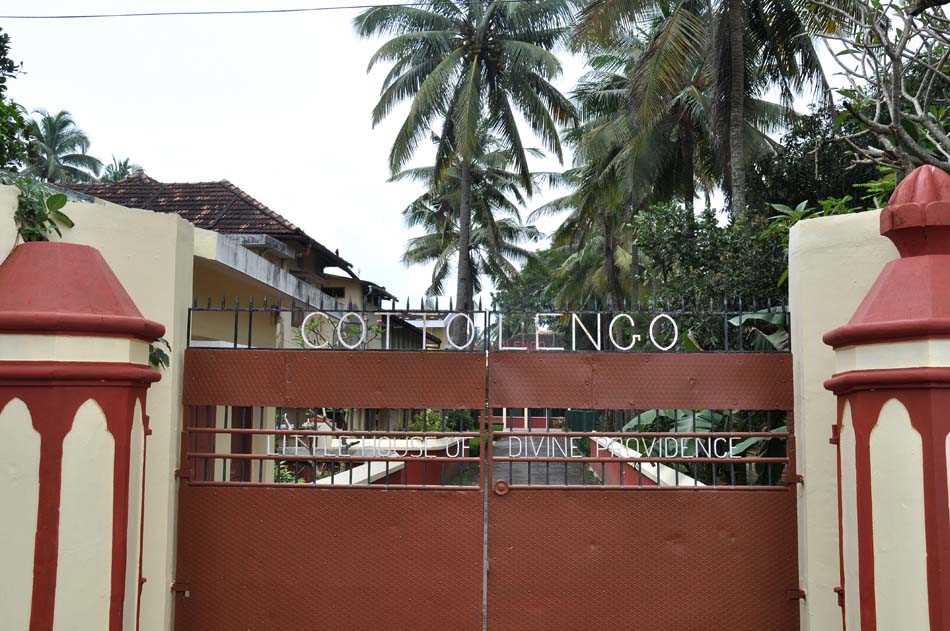

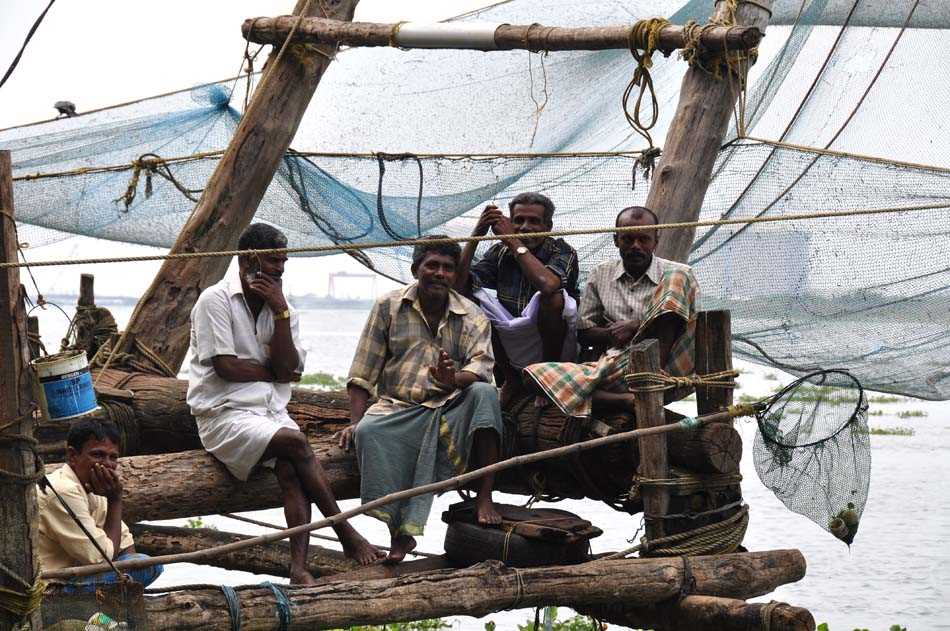
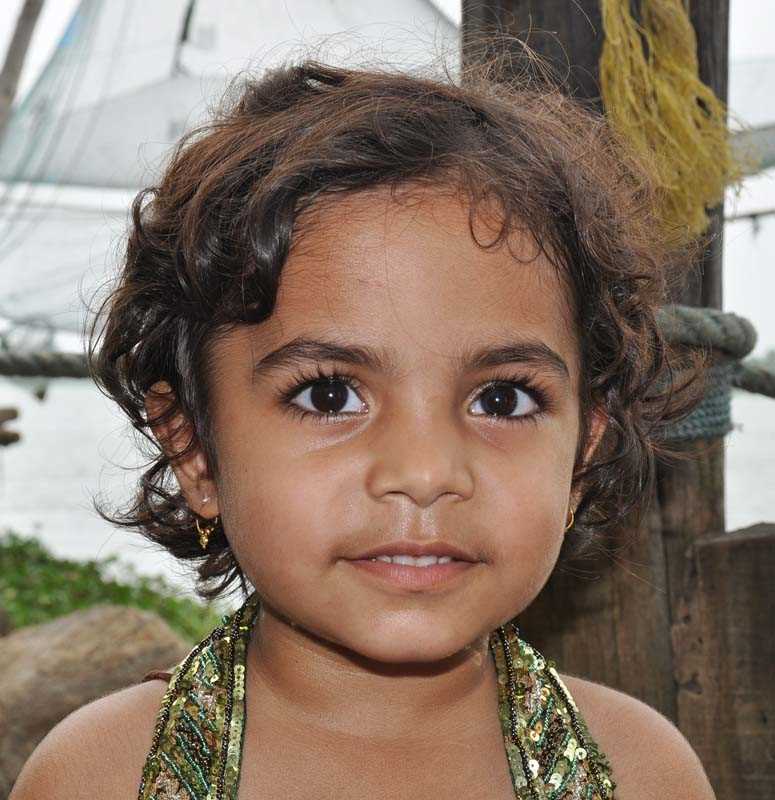
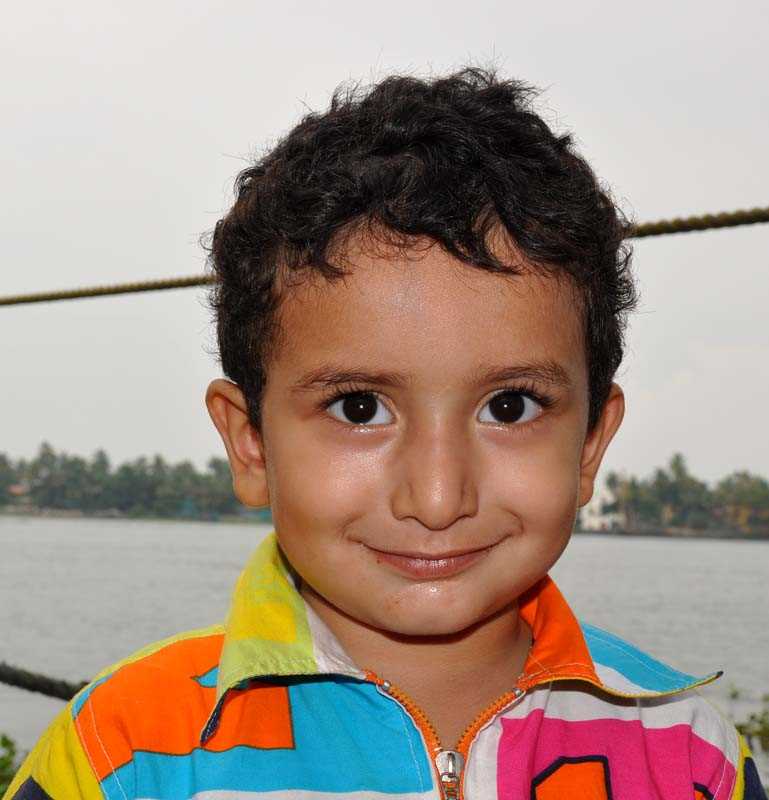
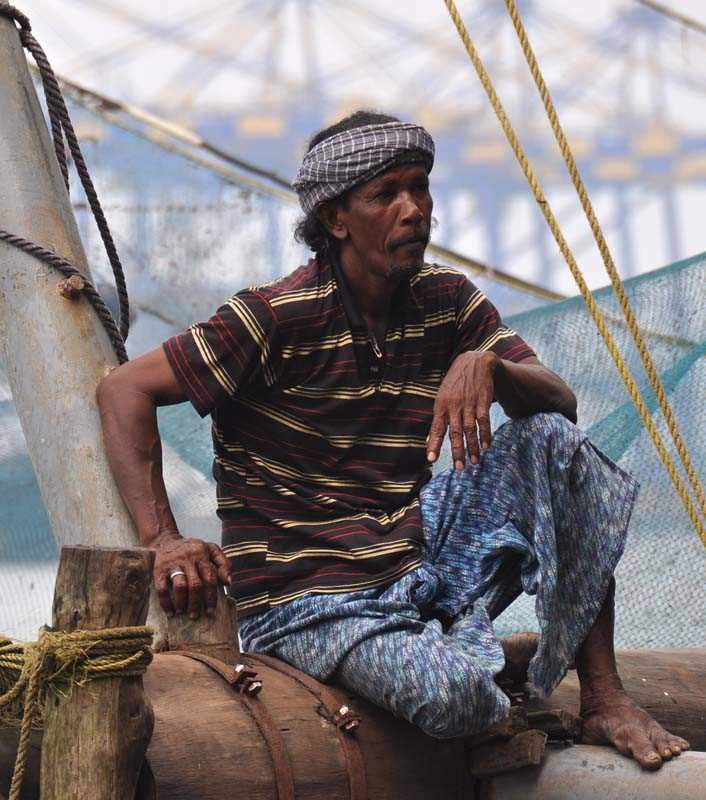

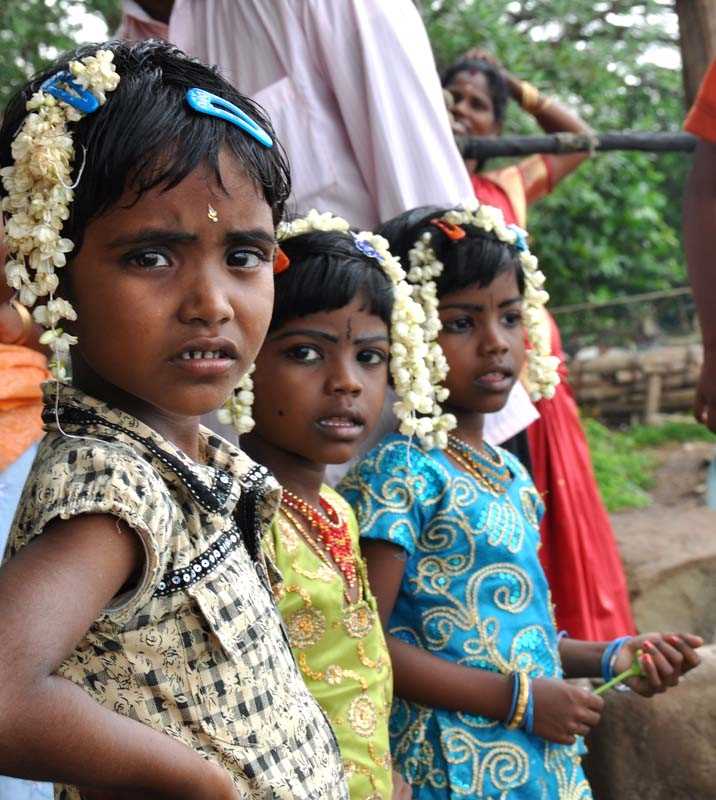

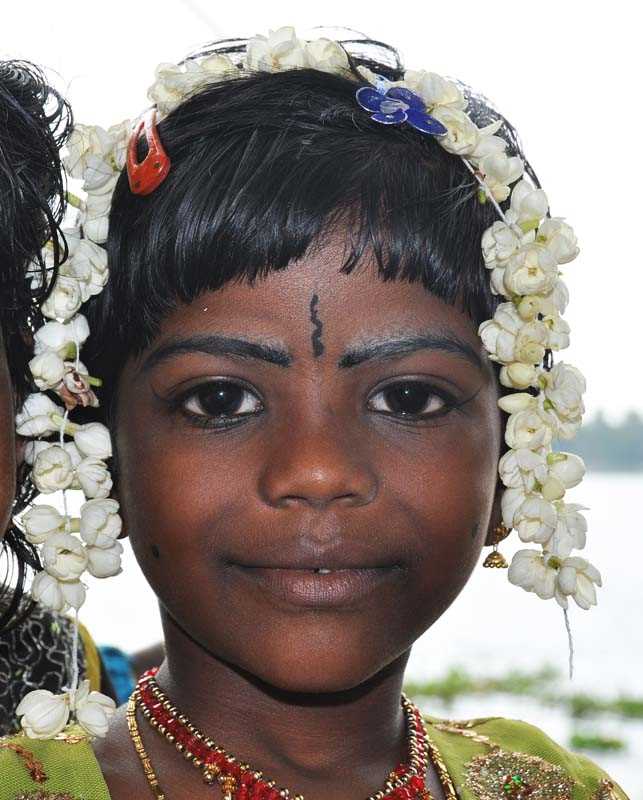
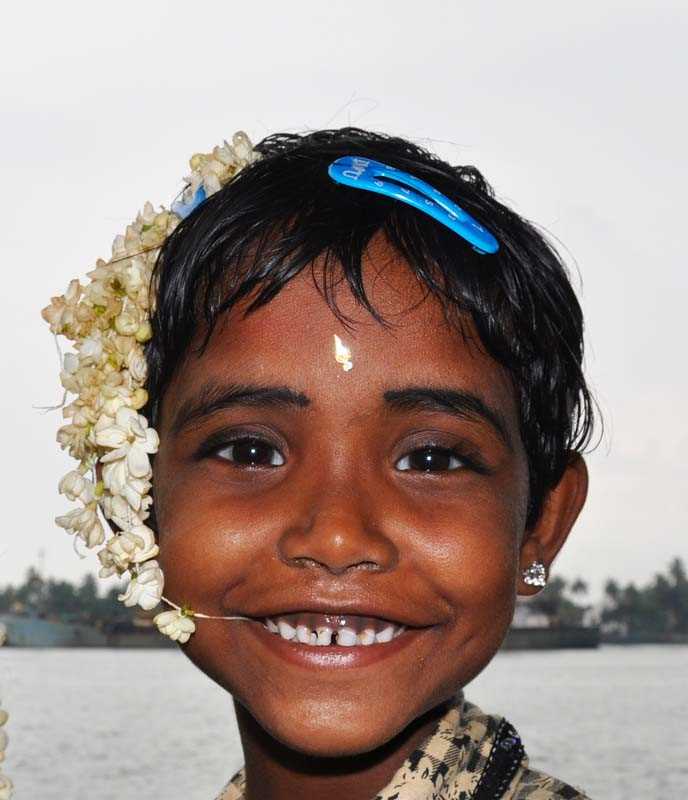
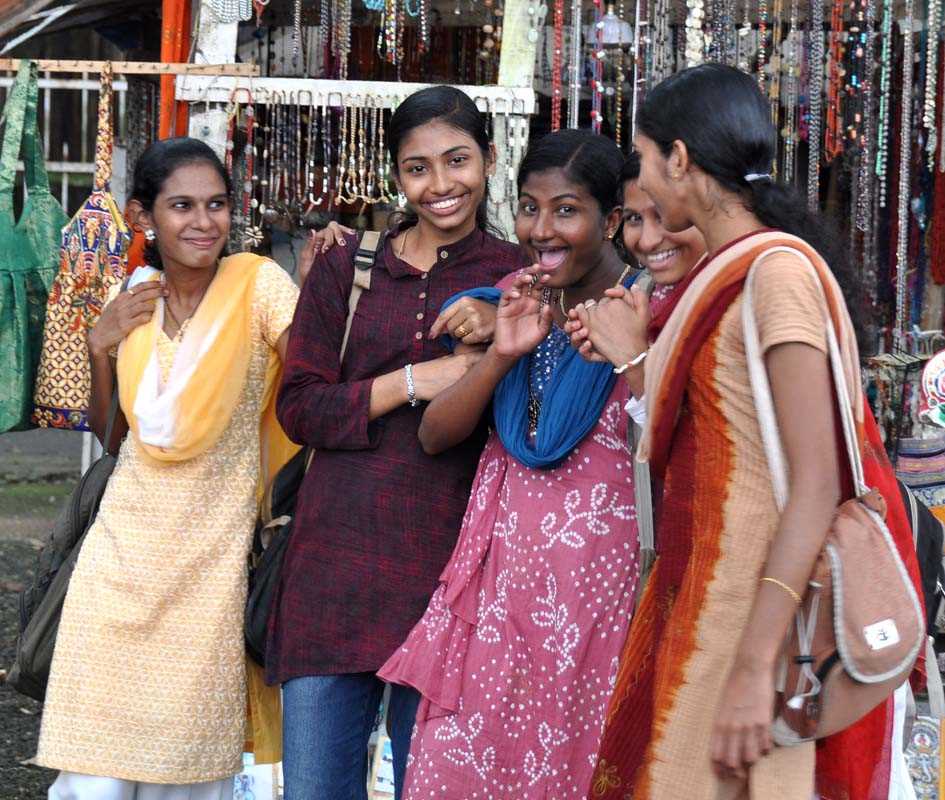
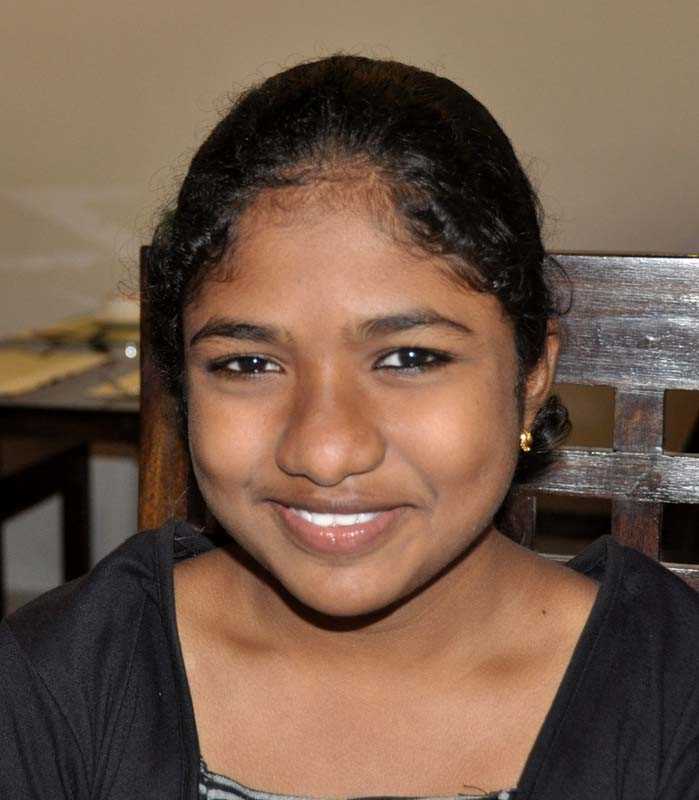

A very smart mosque, modelled closely on the Taj Mahal, near Kochi.
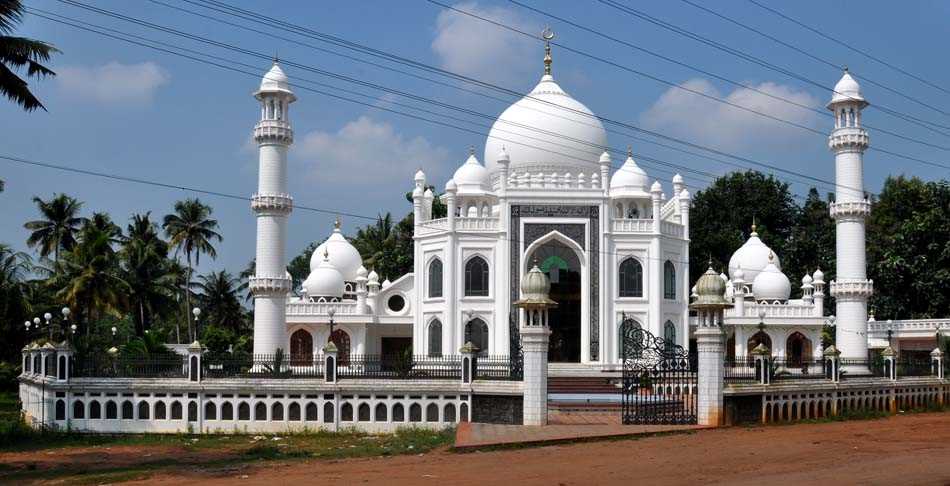
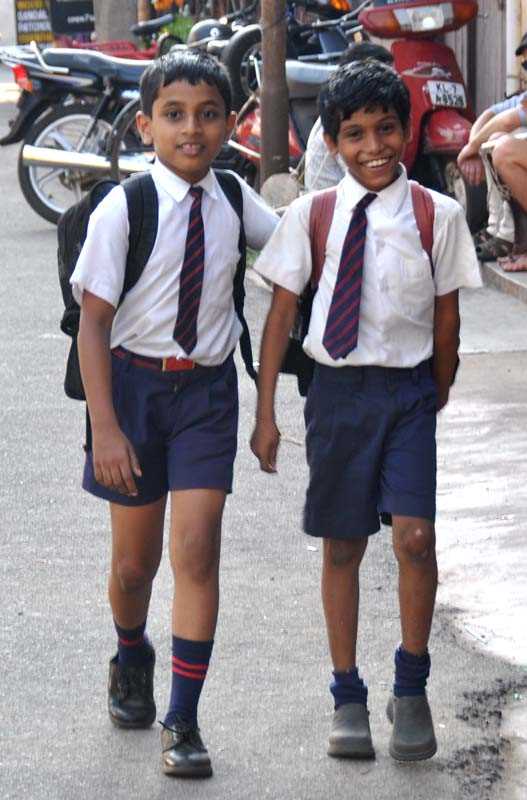
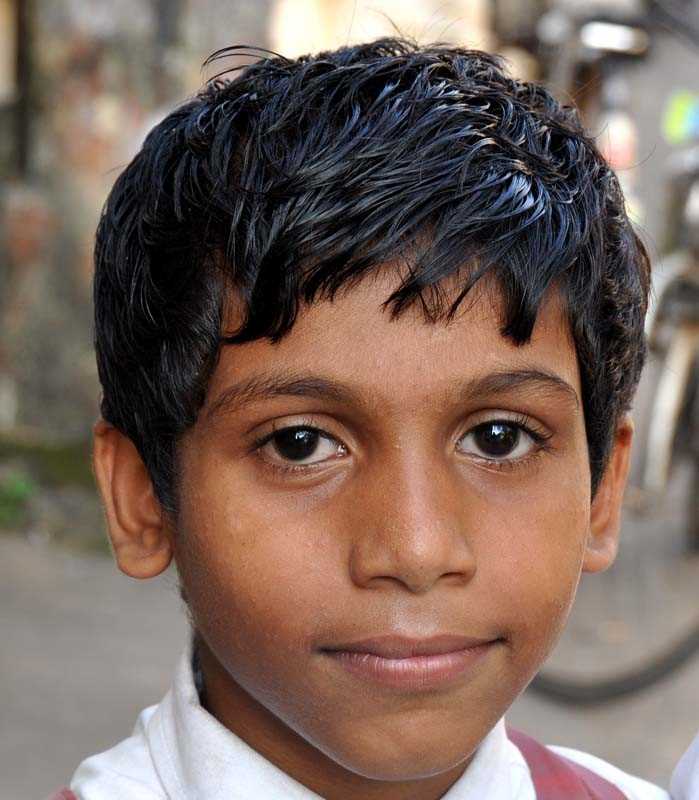
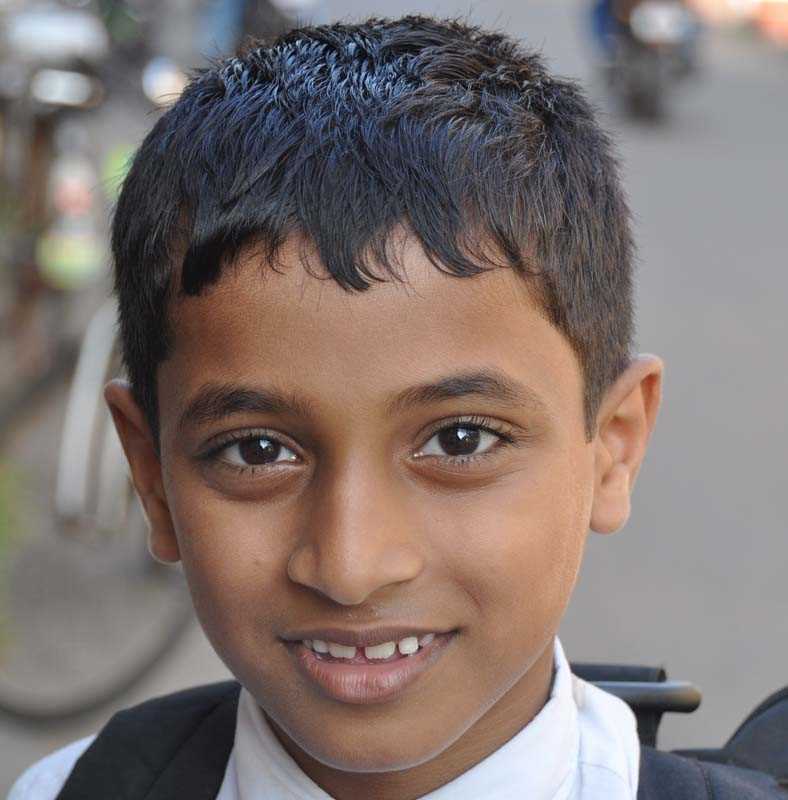

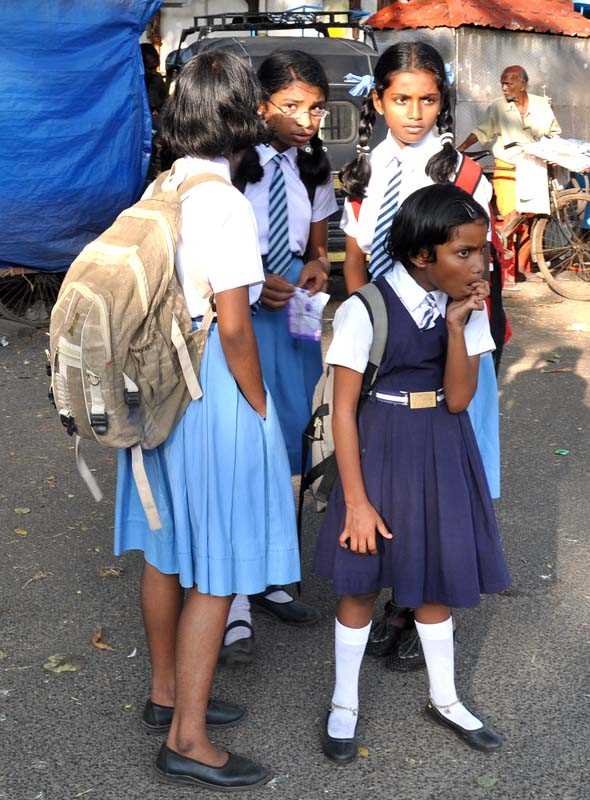
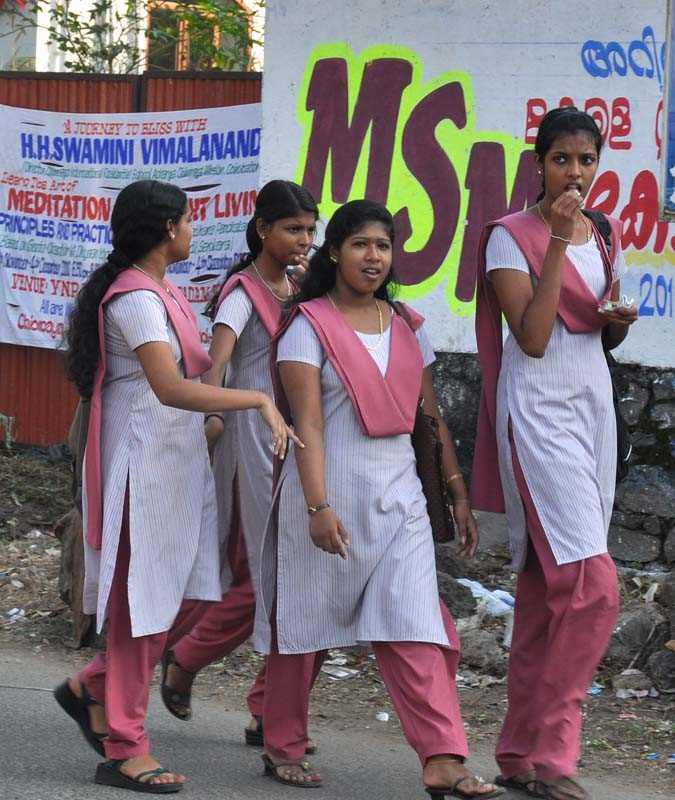
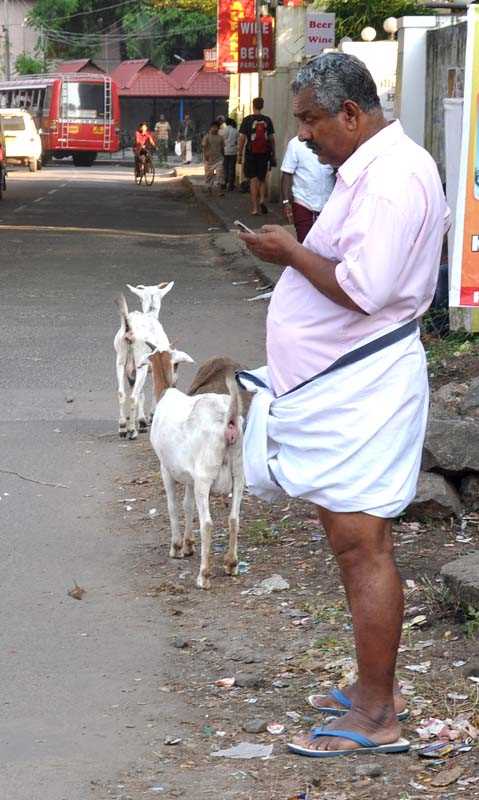
At Fort Cochin, we went to a Kathakali Dance and Mime Show.
The Mahabharata - Kichaka Vadham.

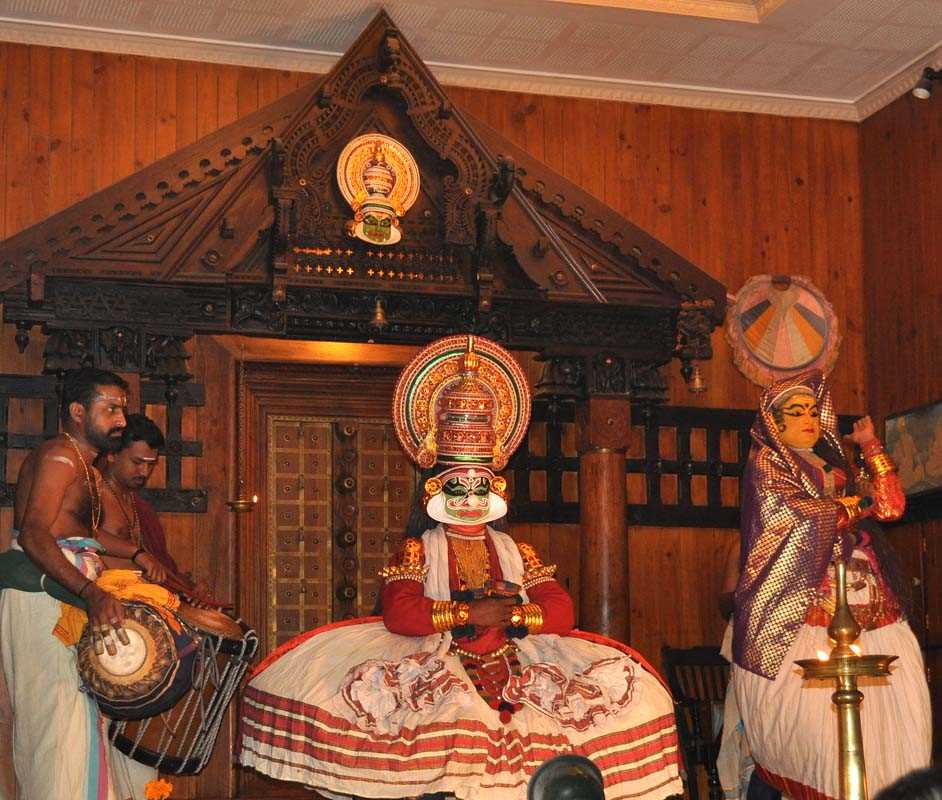

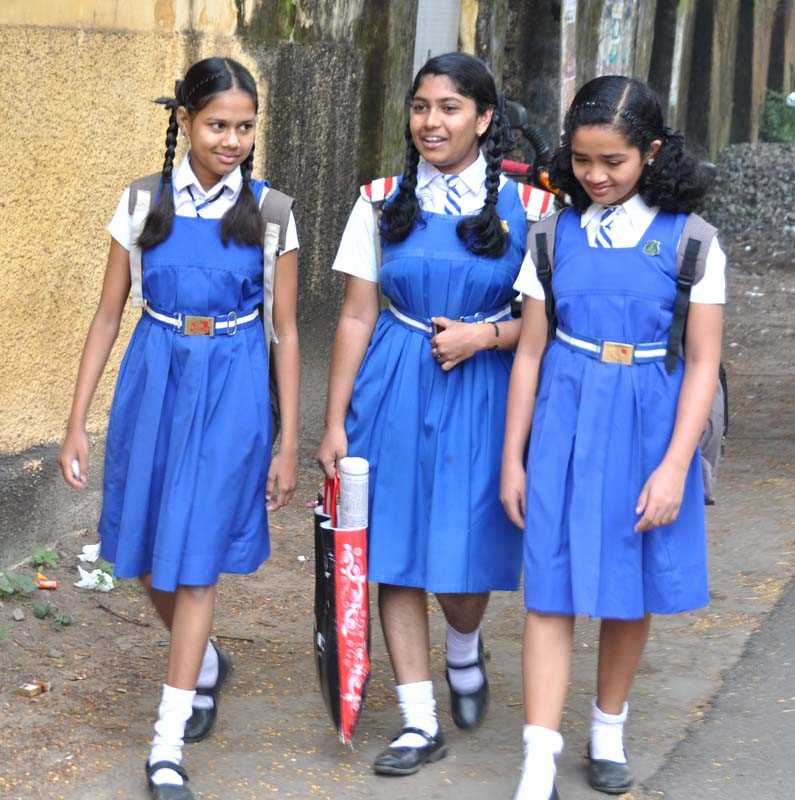
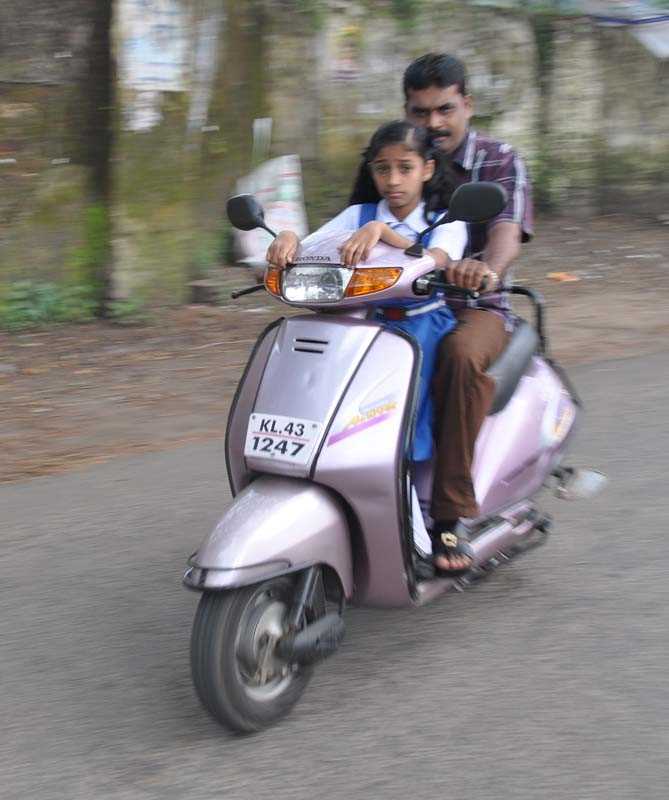
Because in its history Cochin was occupied by the Portuguese, Dutch and British,
this area has a number of Christian churches.
The imposing Catholic Santa Cruz Basilica dates from 1902, although there has been a church here since 1506.
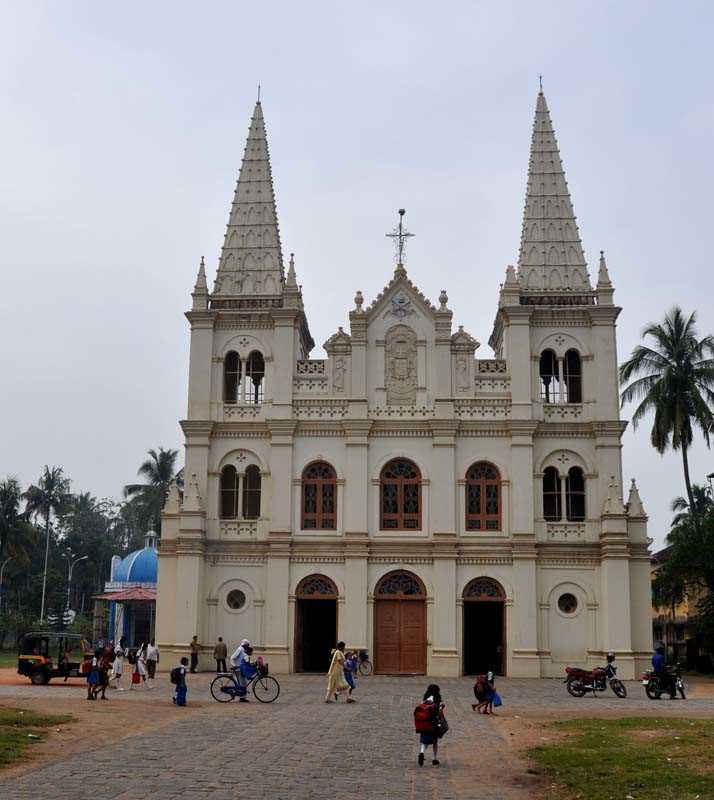
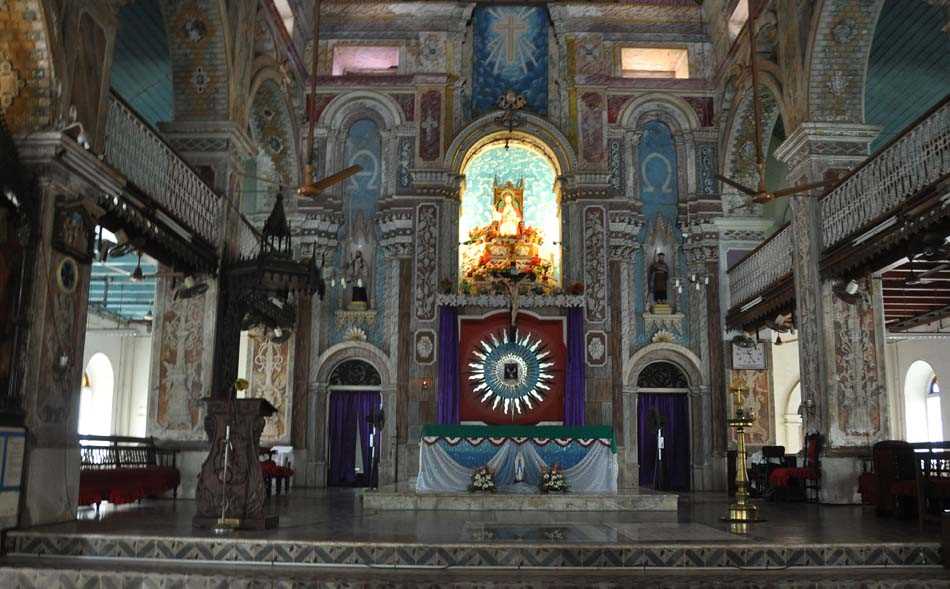

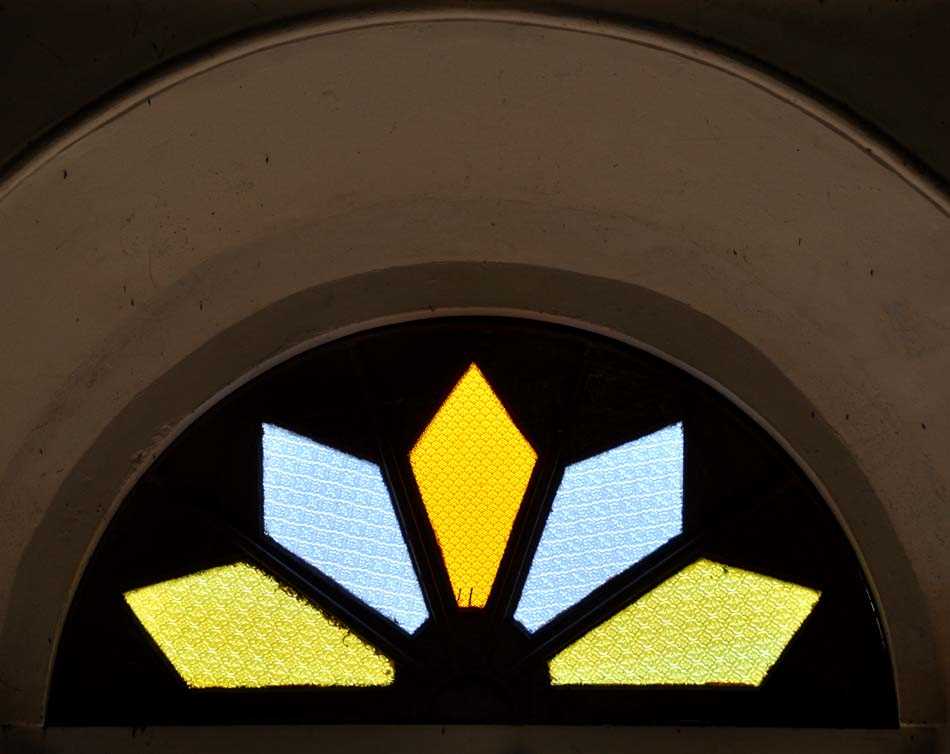
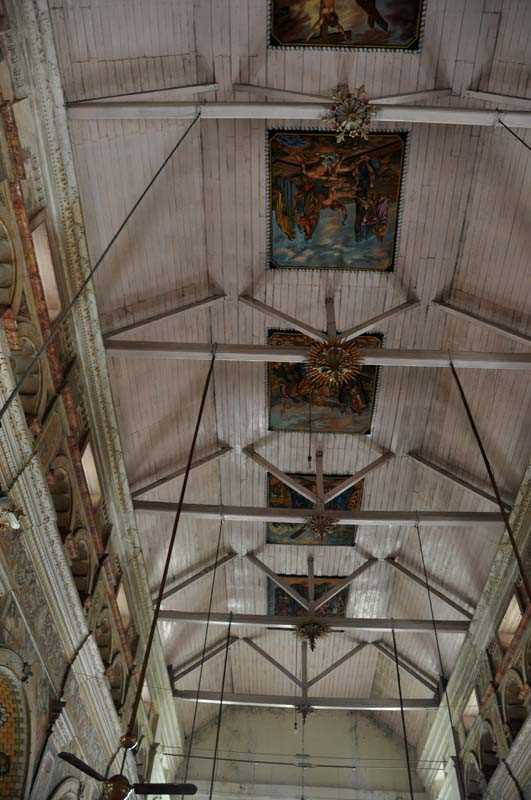
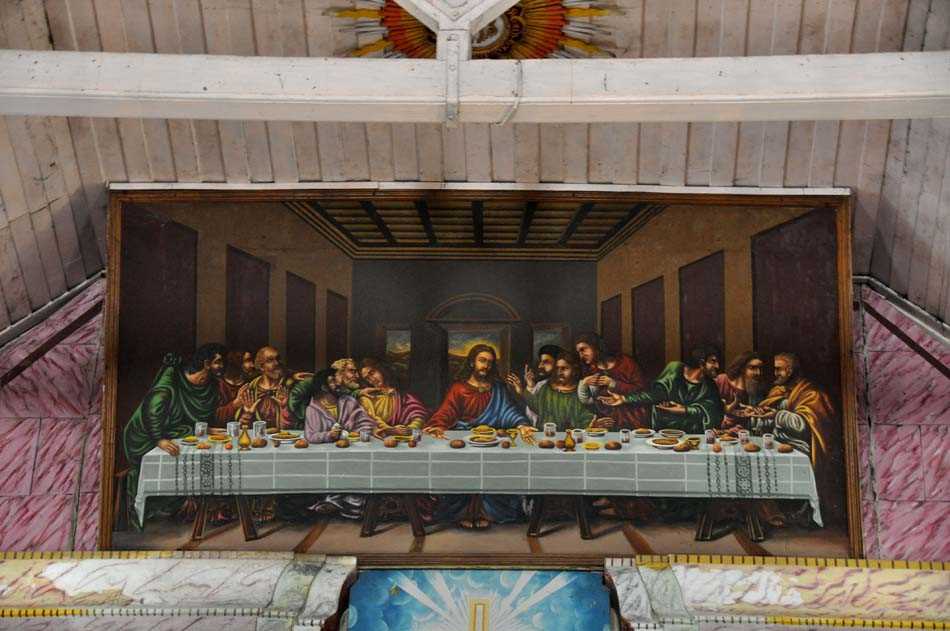

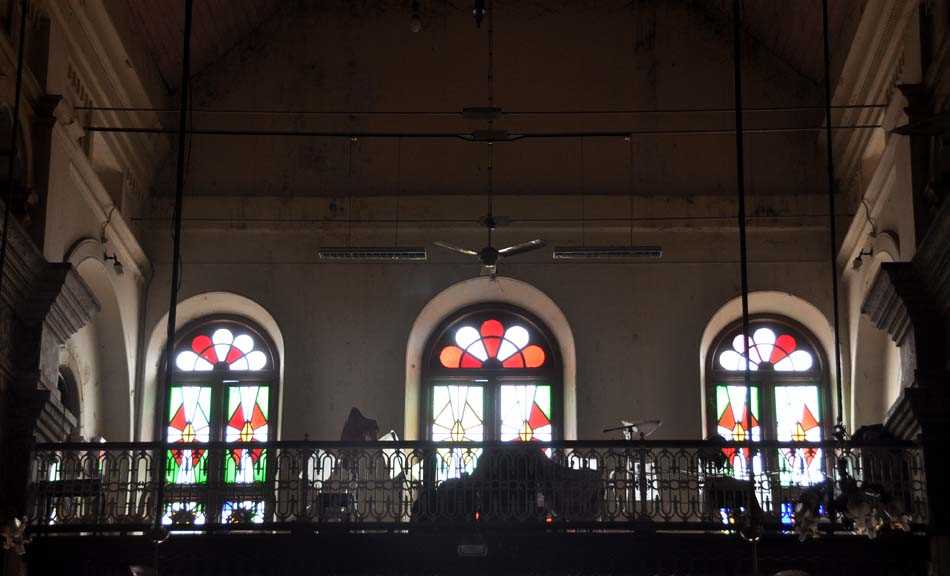
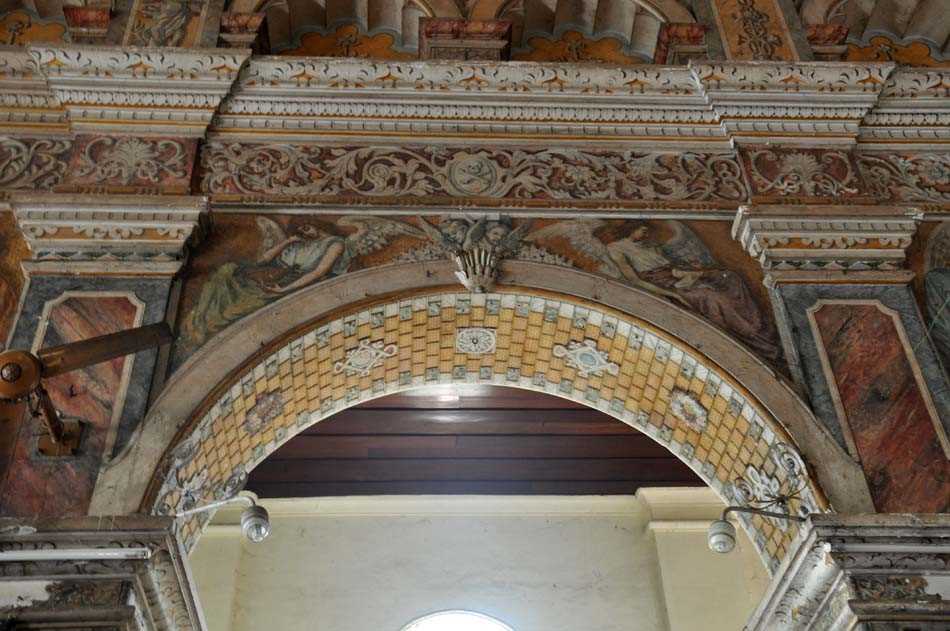


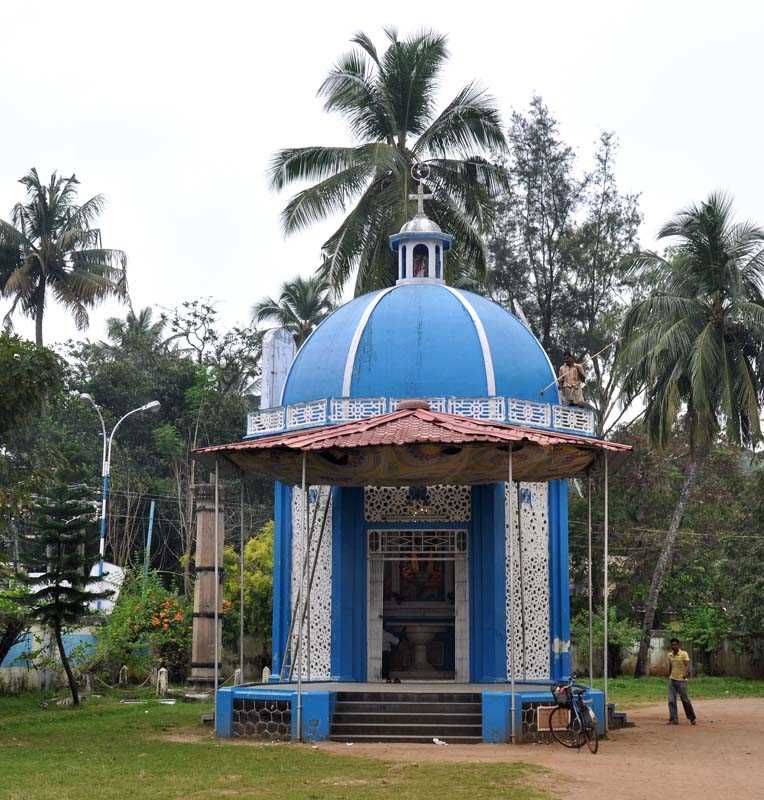

A pillar that remains from the 1506 church.
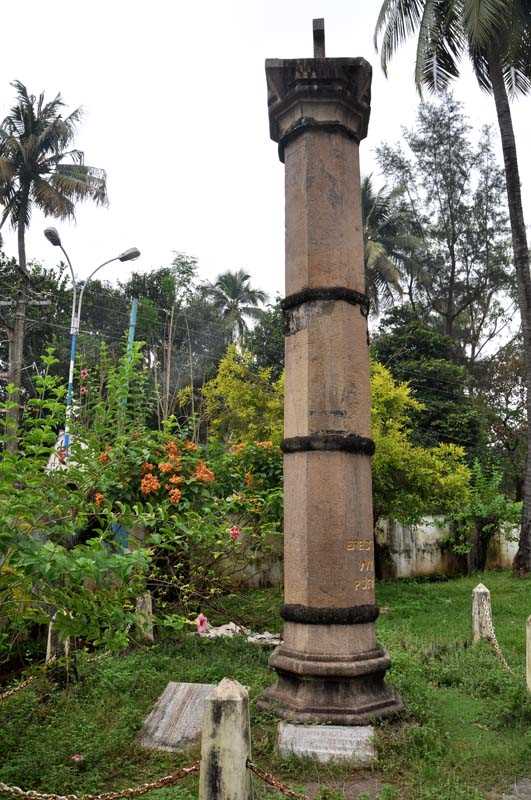
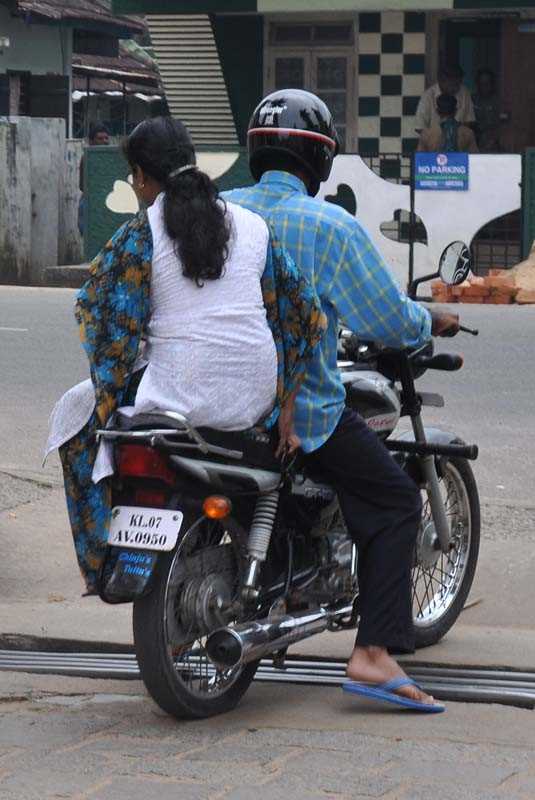
A remaining part of the Fort Cochin city wall.
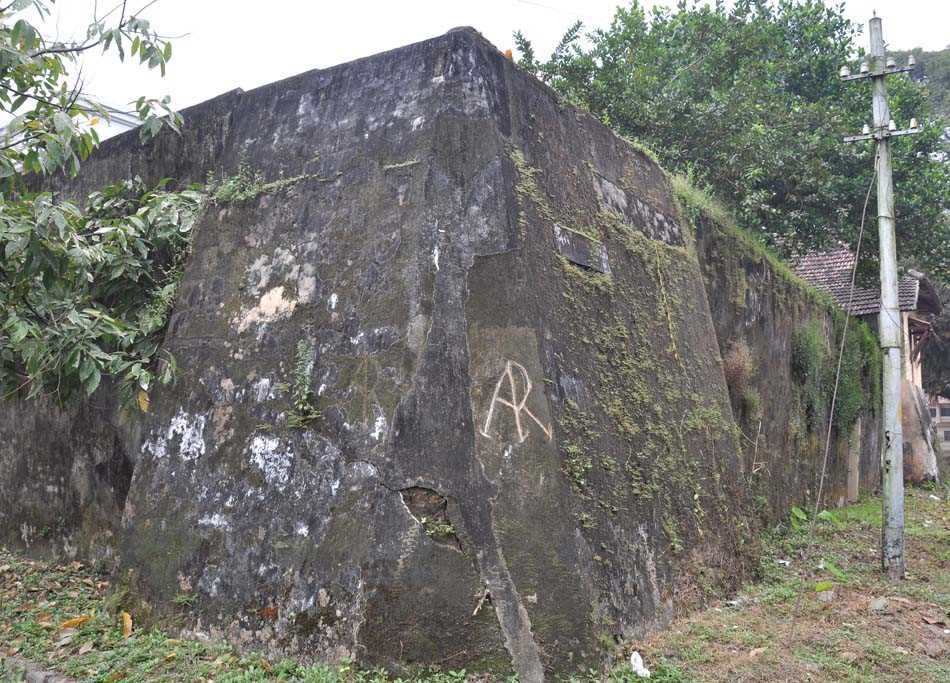
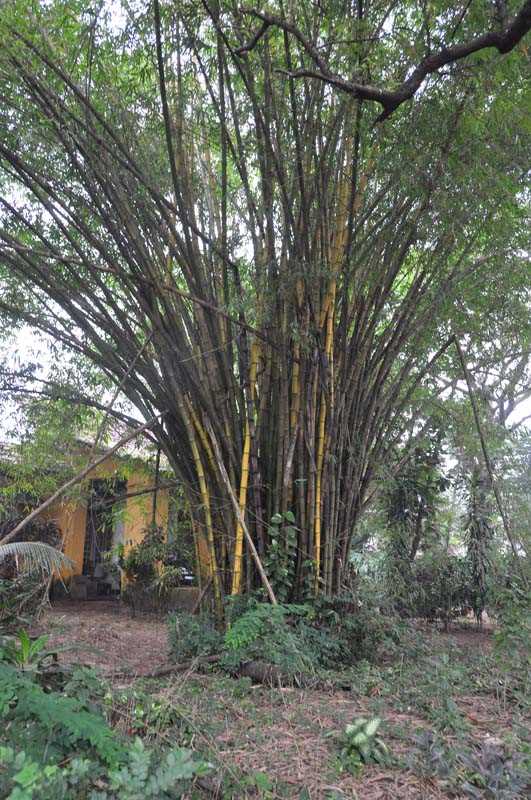
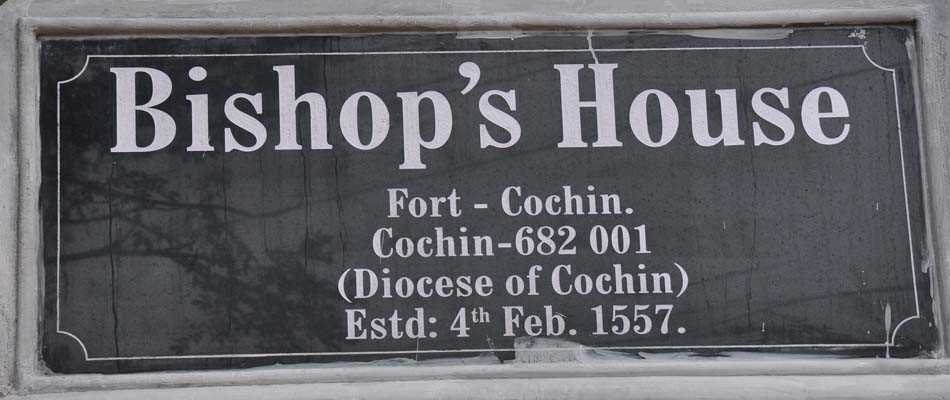
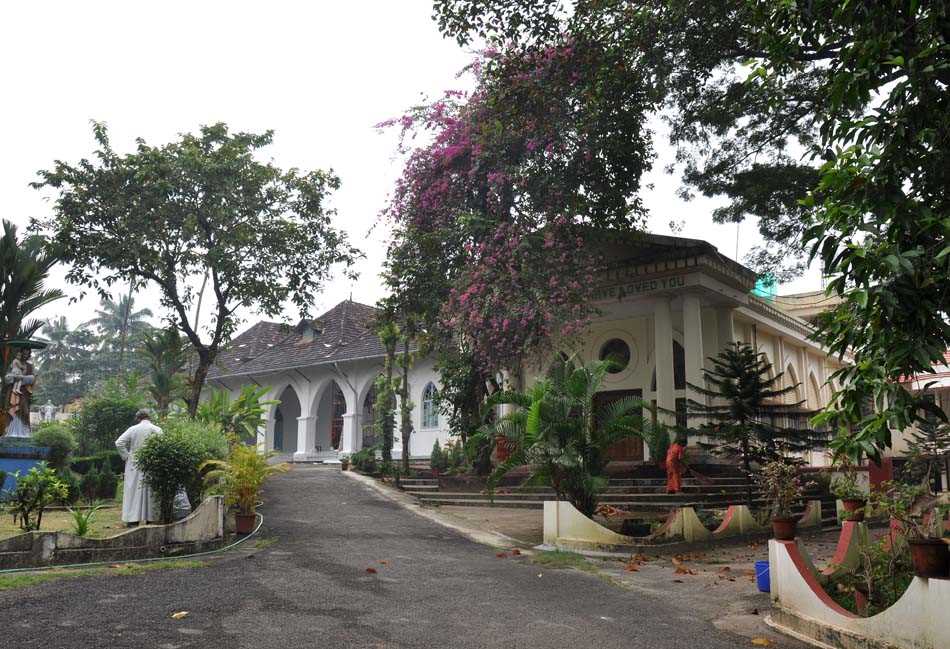
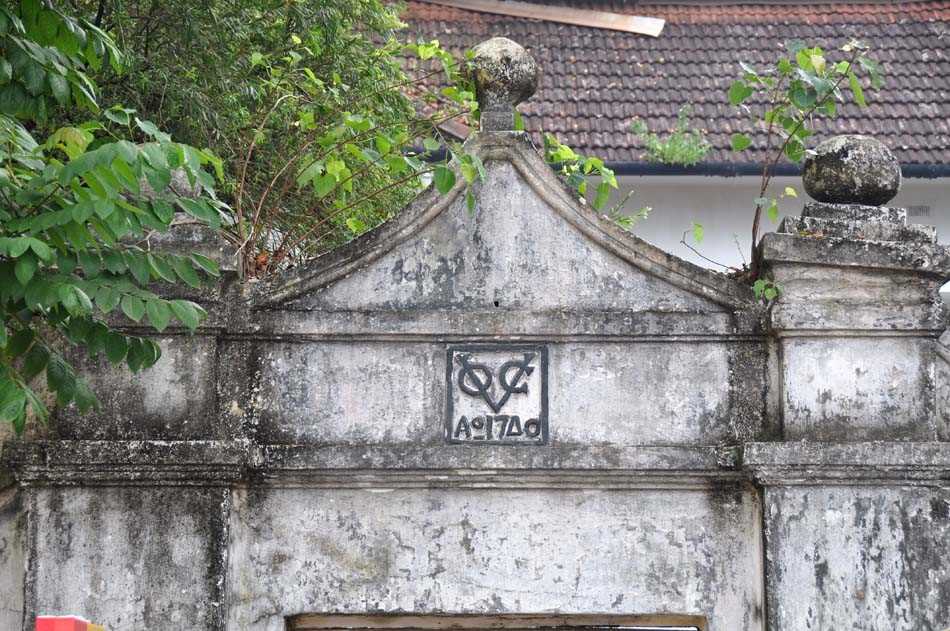
St. Francis Church, now an Anglican church, was originally constructed by the Portuguese Franciscian Friars in 1503.
It is India's oldest European-built church.
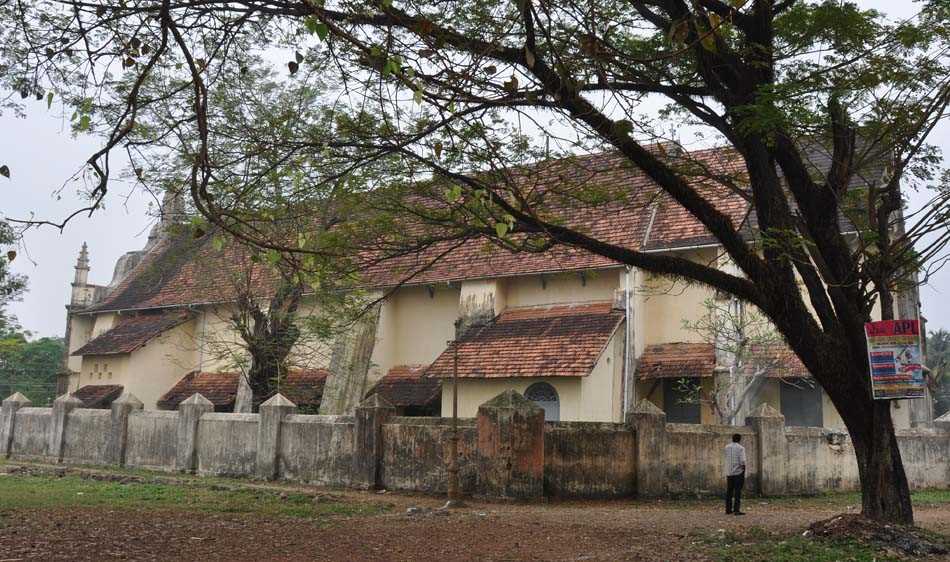
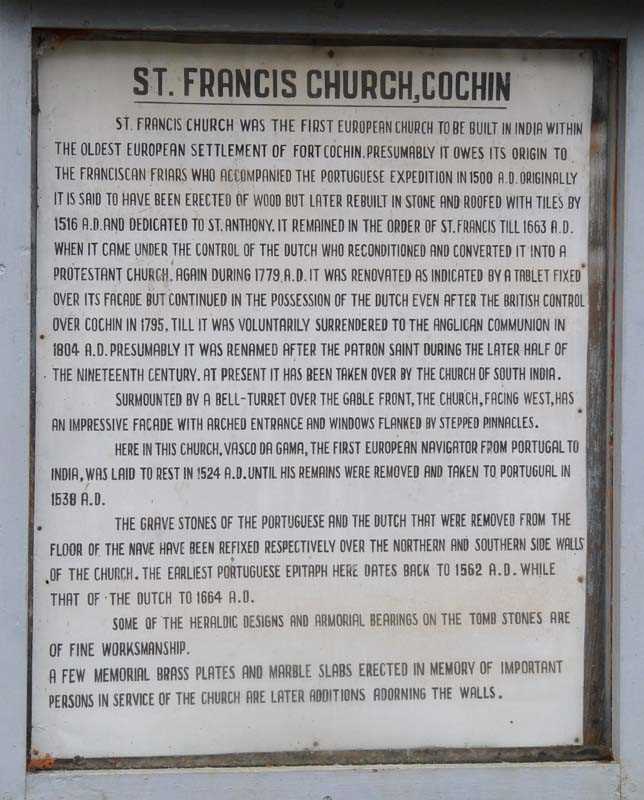
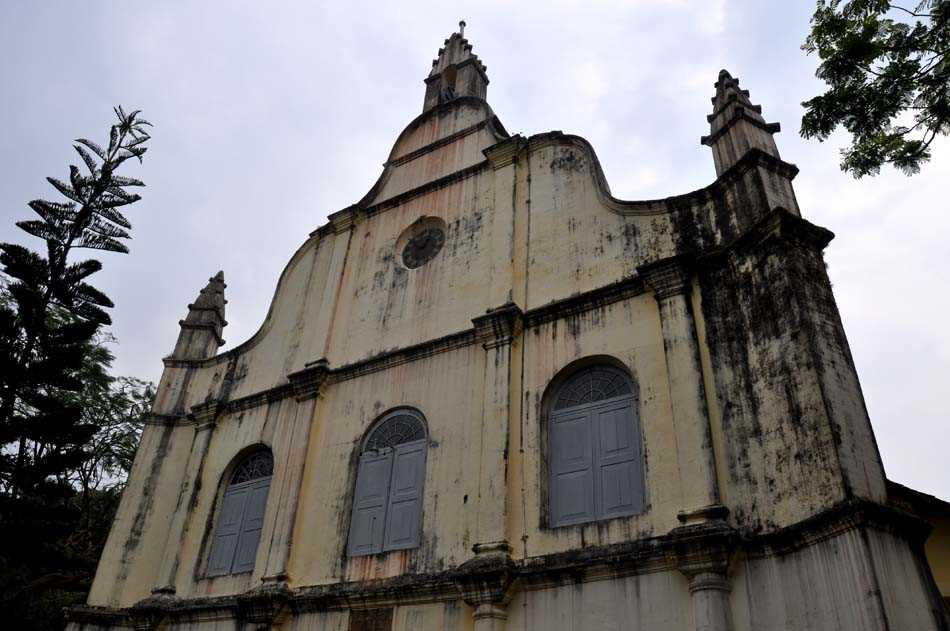
Large flaps that were operated by men with ropes outside the church kept the worshippers cooler.
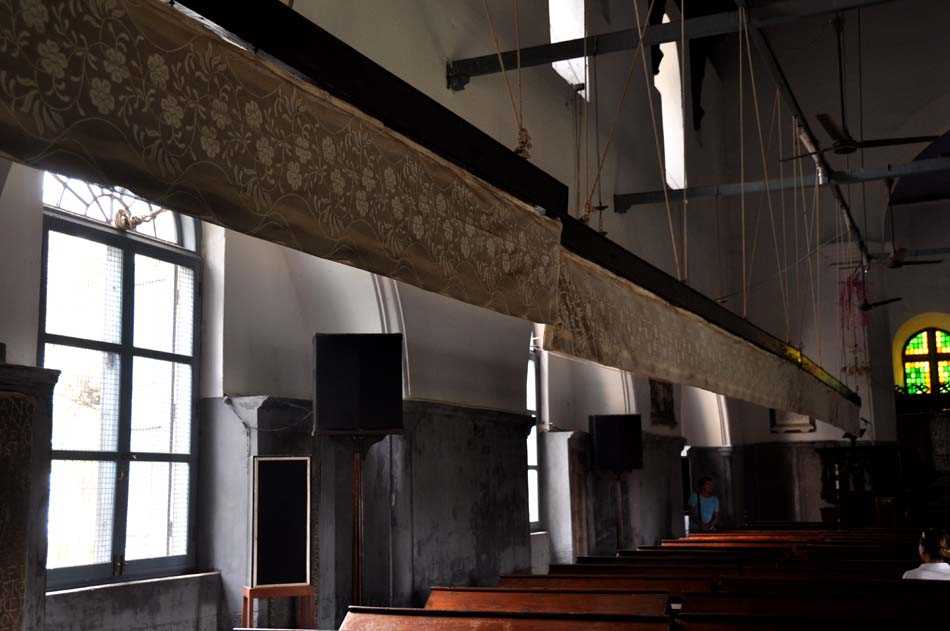
The Portuguese explorer, Vasco Da Gama died in Cochin in 1524 and he was originally buried in this church.
But after 14 years his remains were removed to Lisbon.
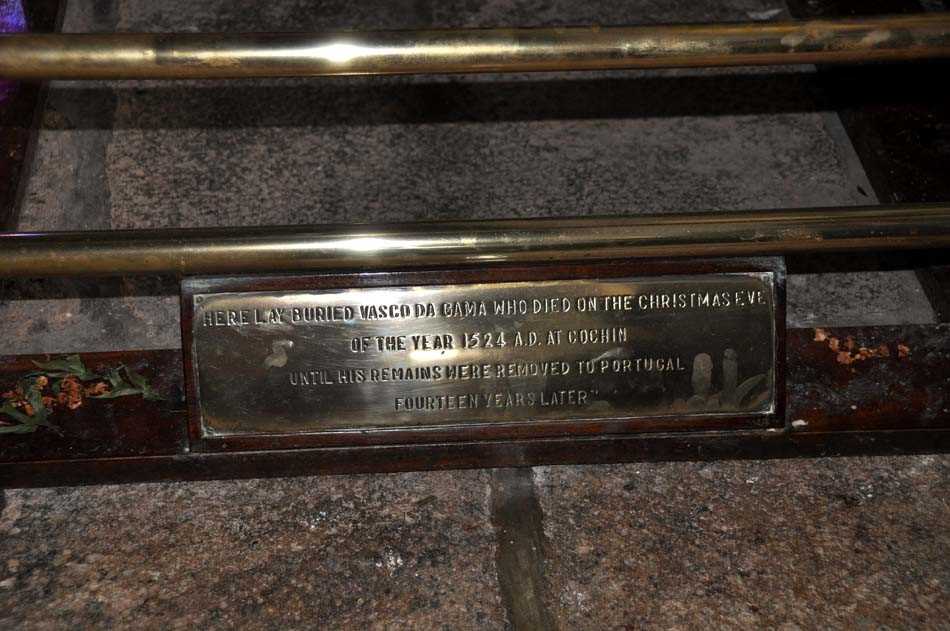
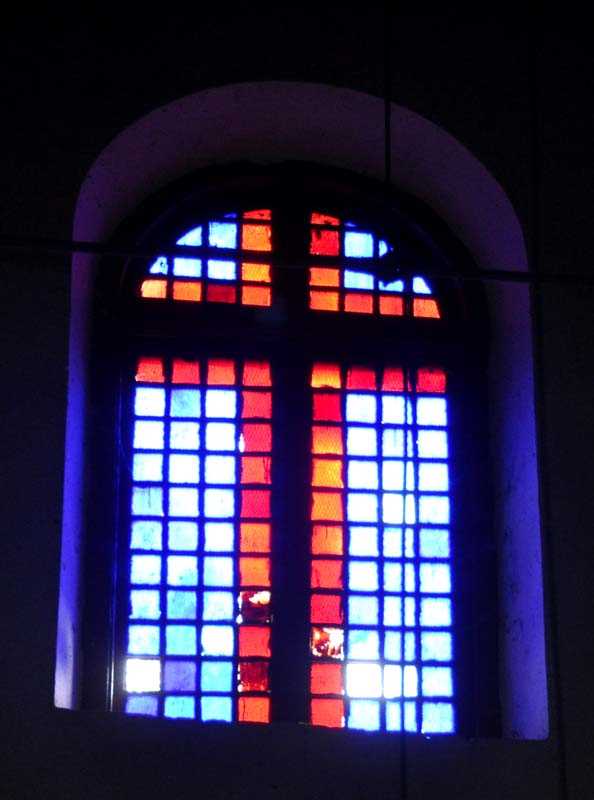

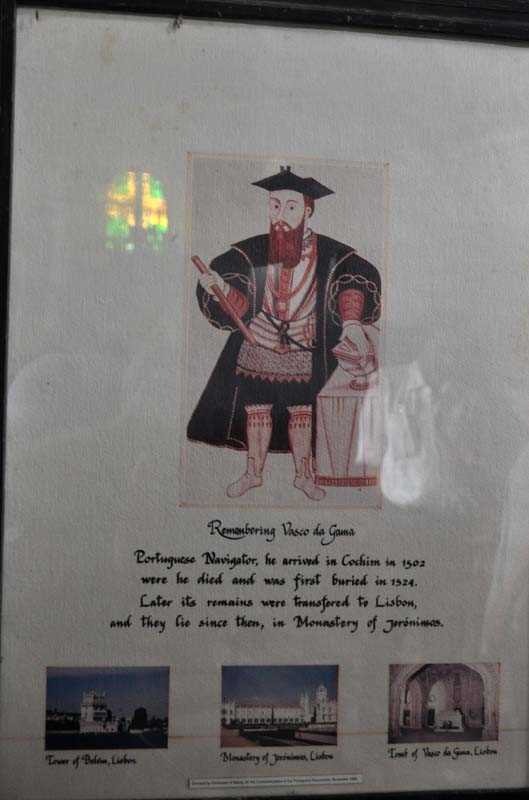

A merchant's house that has been there a long time.
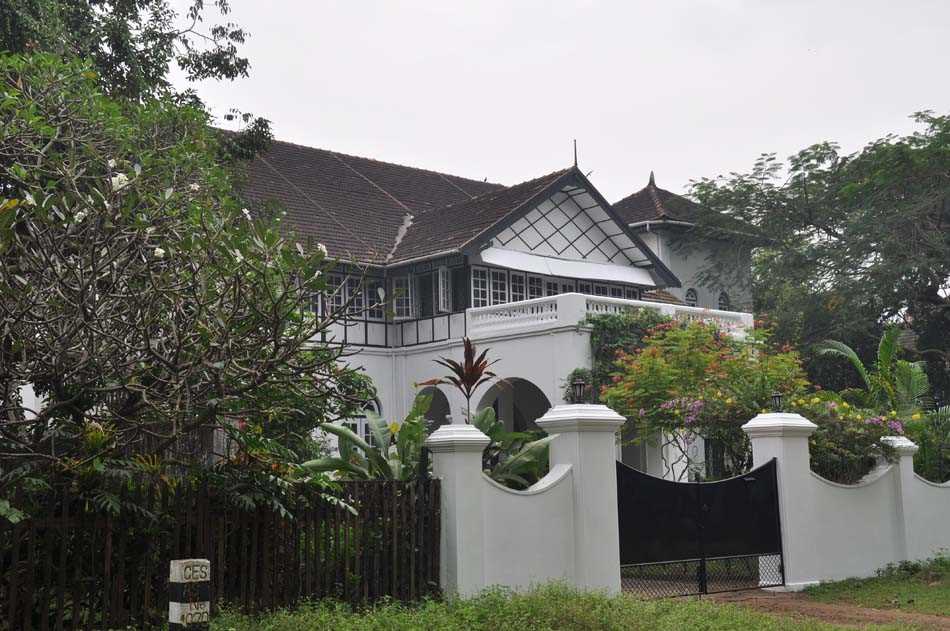
Bastion Bungalow, an example of Indo-European architecture following the Dutch style, dating from 1667.
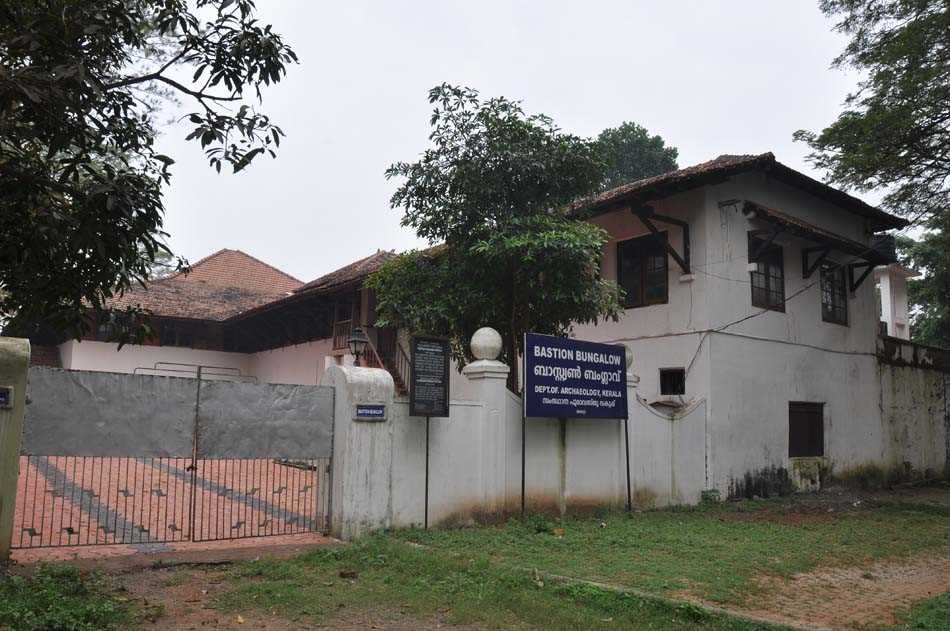
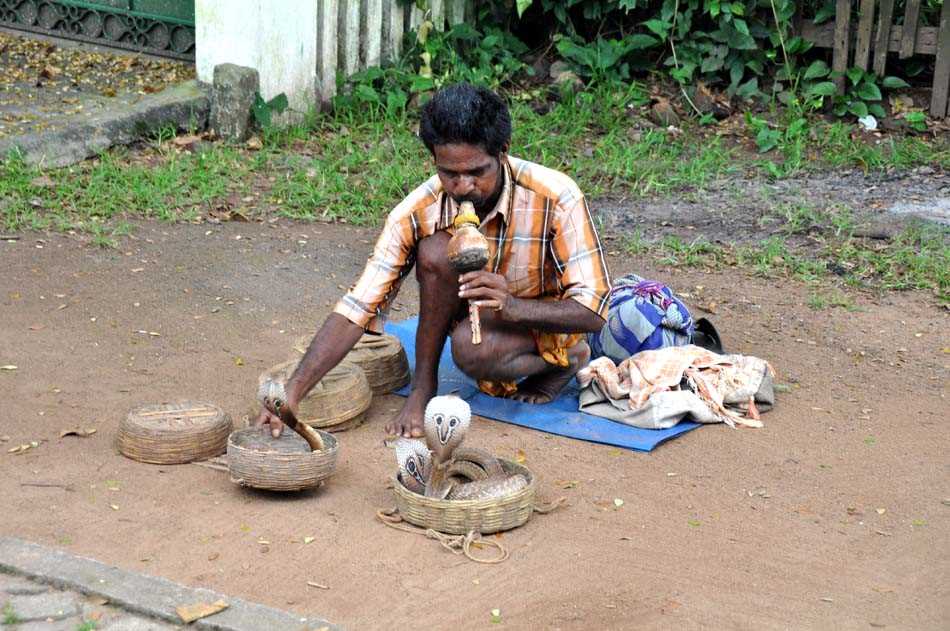
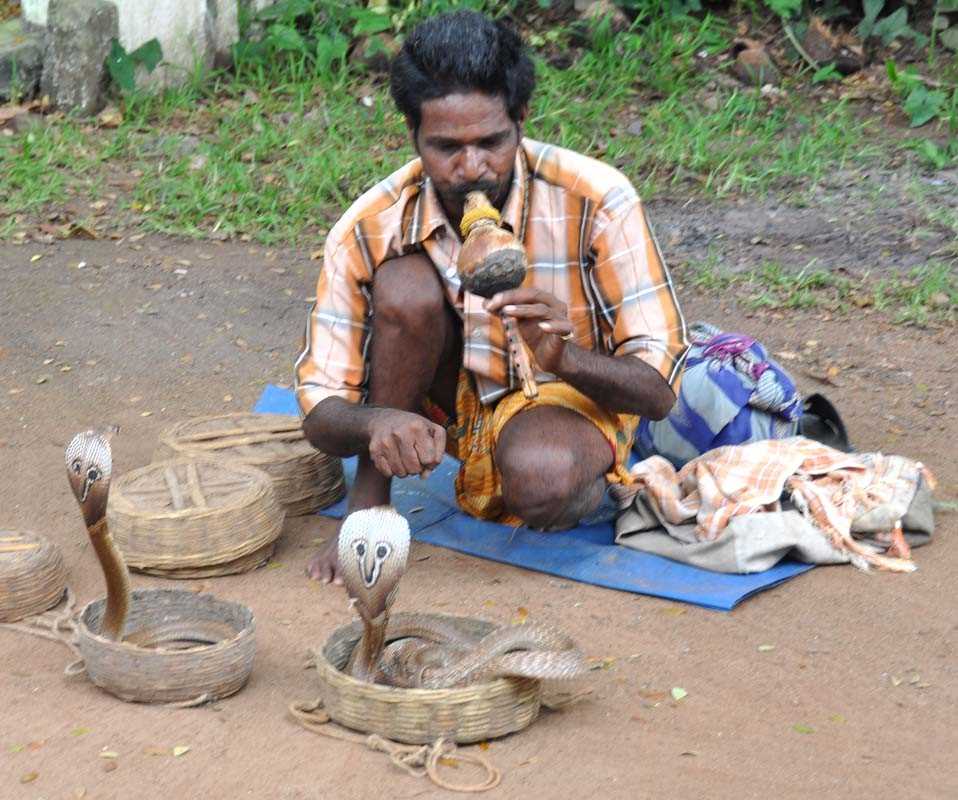
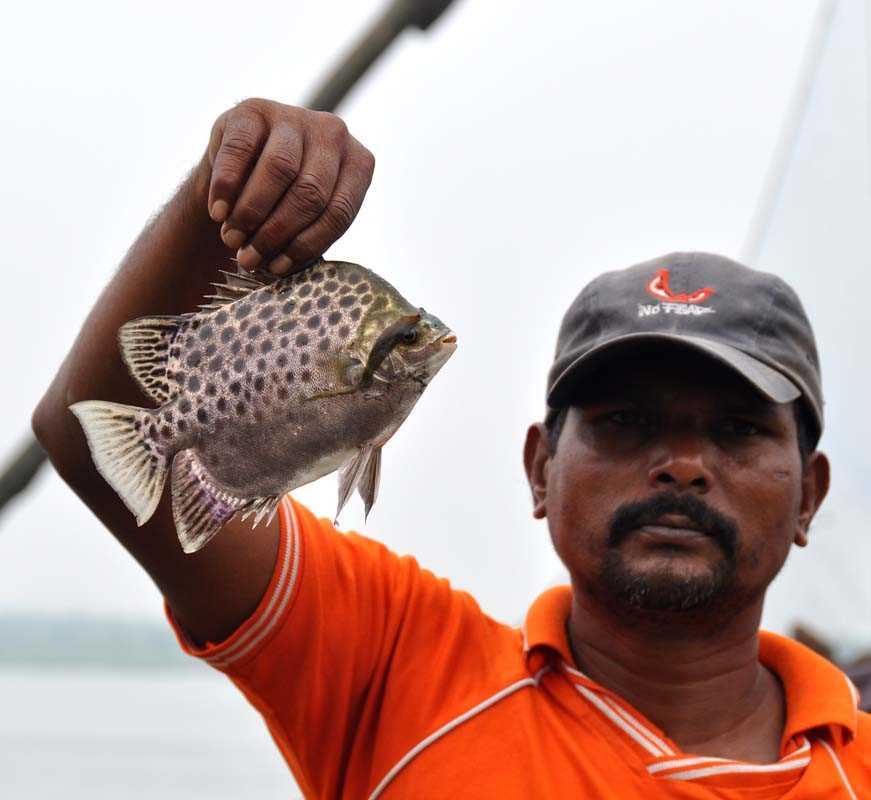
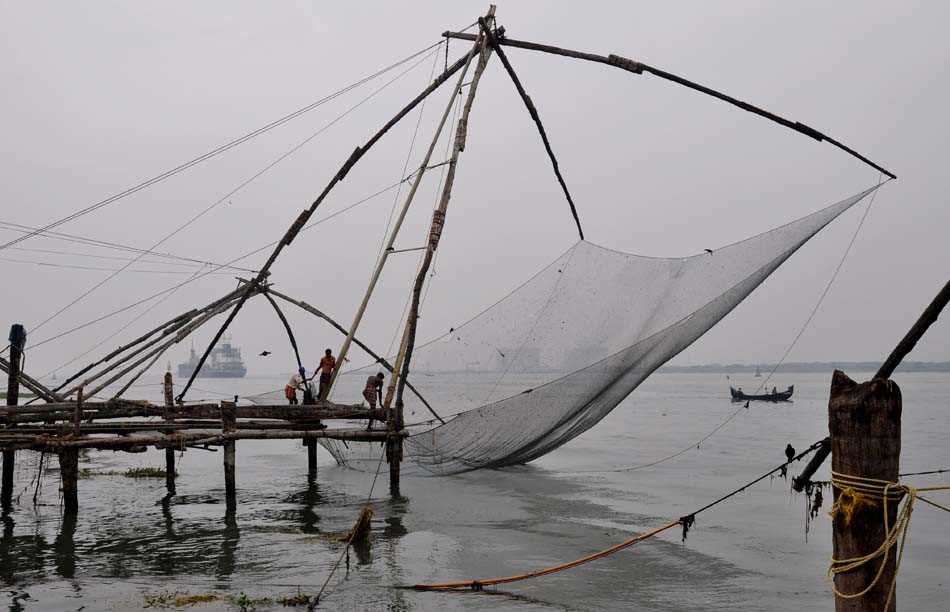
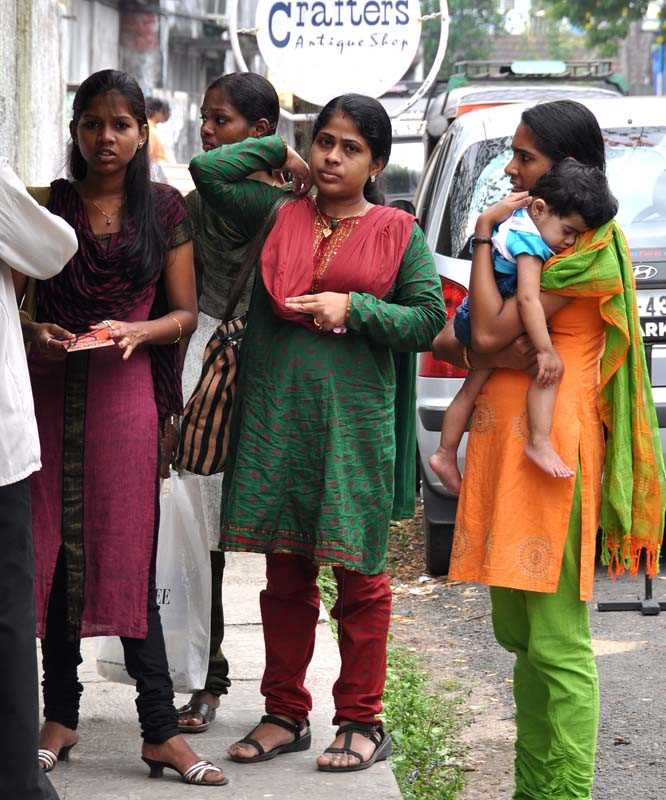
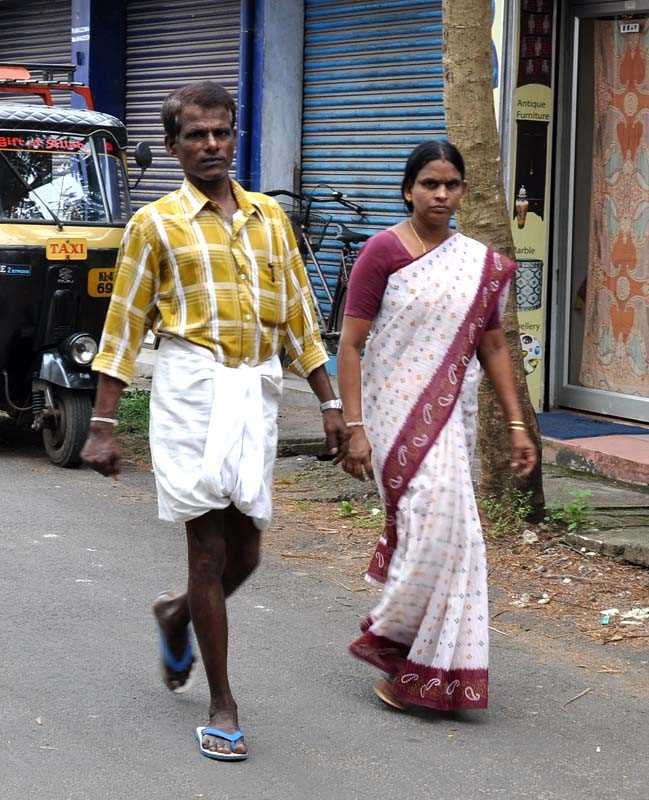

The Maharaja at the time (in 1568) protected the Jews from the Dutch and helped them to build
a synagogue next to his palace for close protection.
There are still a handful of Jews worshipping there.
We visited it but were not allowed to take photos inside.

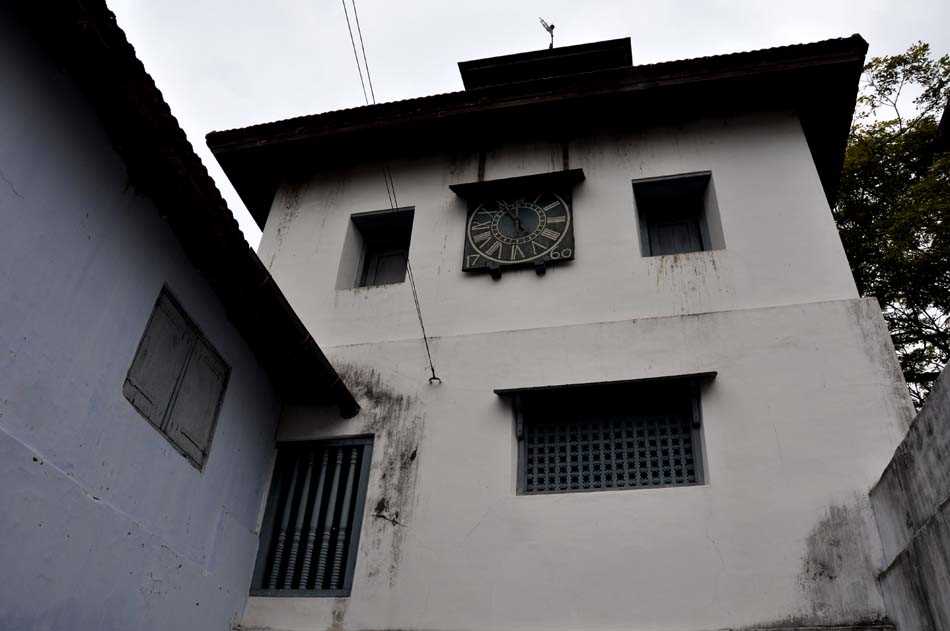
The Maharaja's palace (Mattancherry Palace), next to the synagogue, is now a museum.
The palace was originally built in 1555 by the Portuguese as a gift to the Maharaja,
probably to gain trading rights.
The Dutch renovated the palace in 1665.

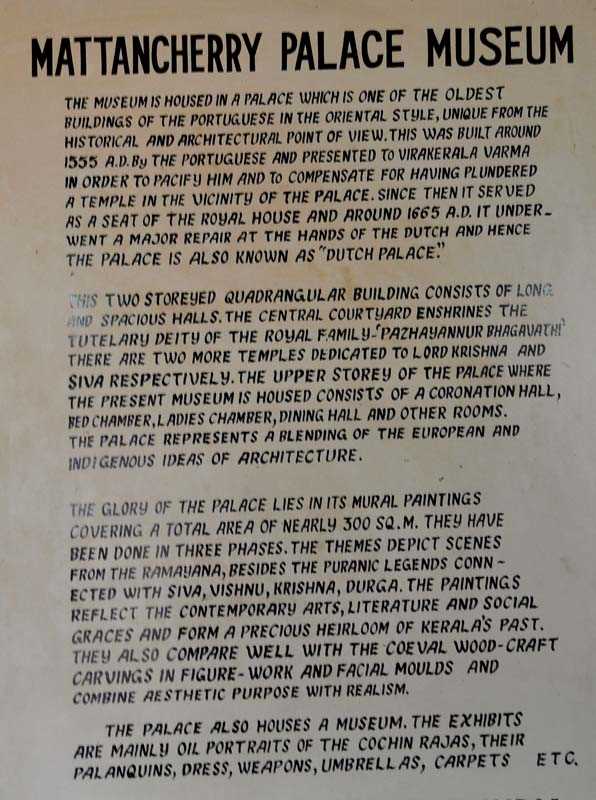
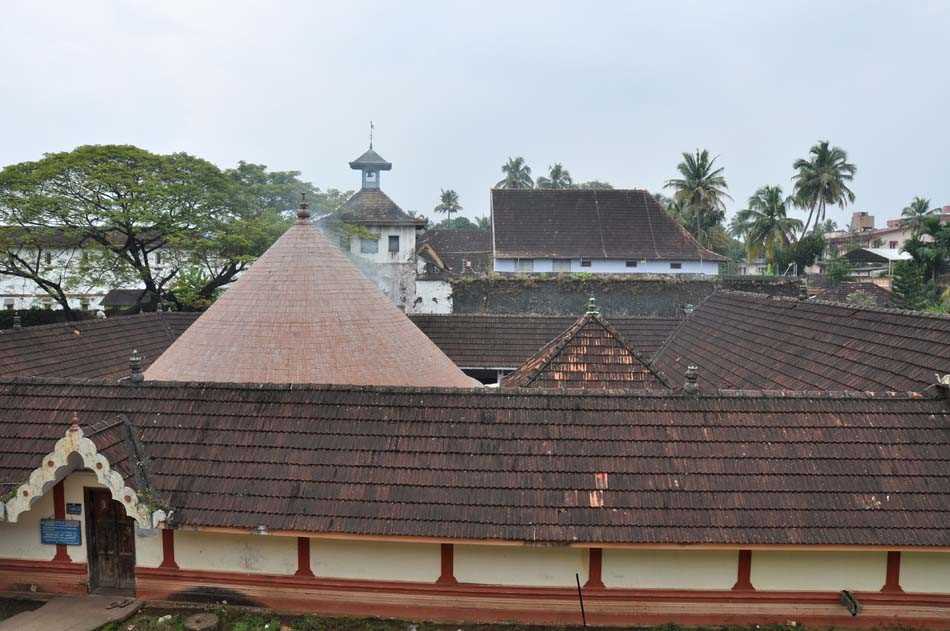
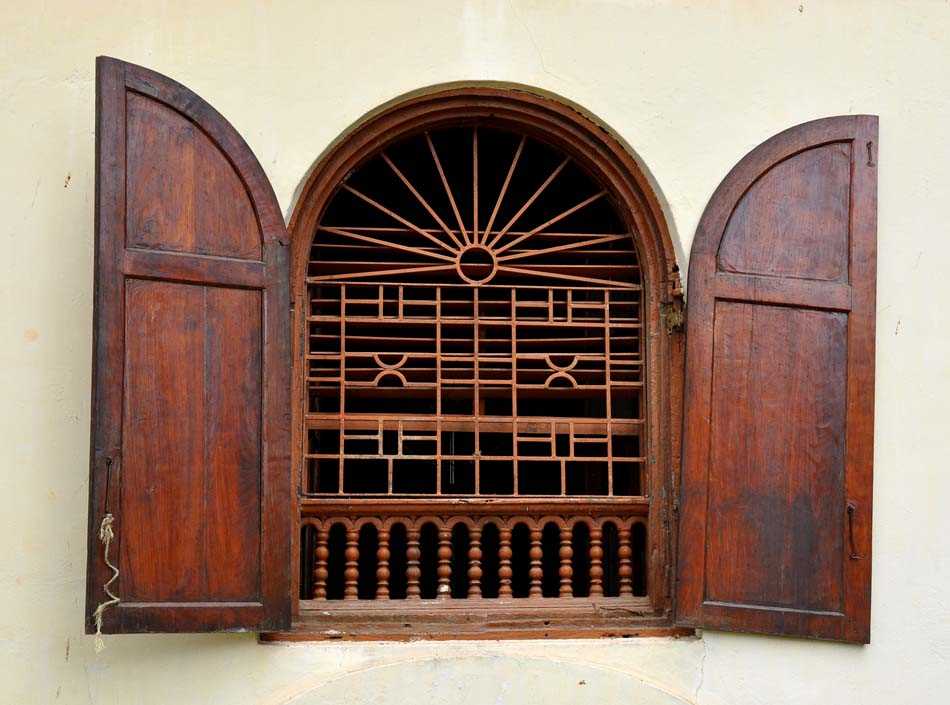

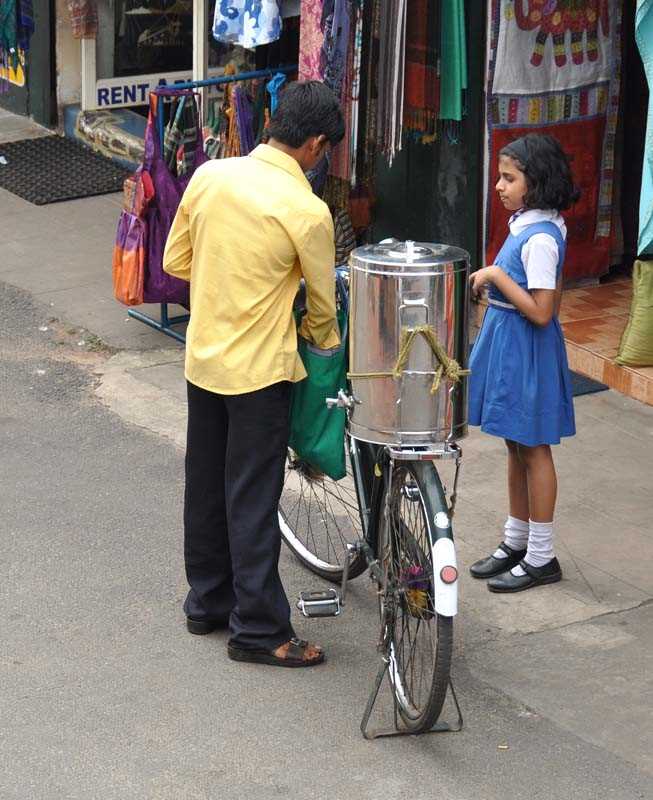
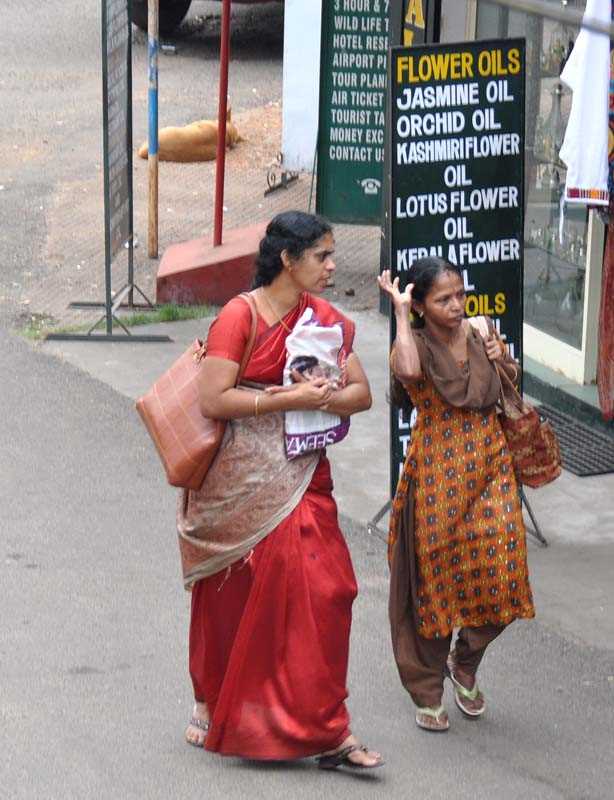
At night we went to a concert featuring local Kerala music.
Tablas (Indian drums) and Sitar.
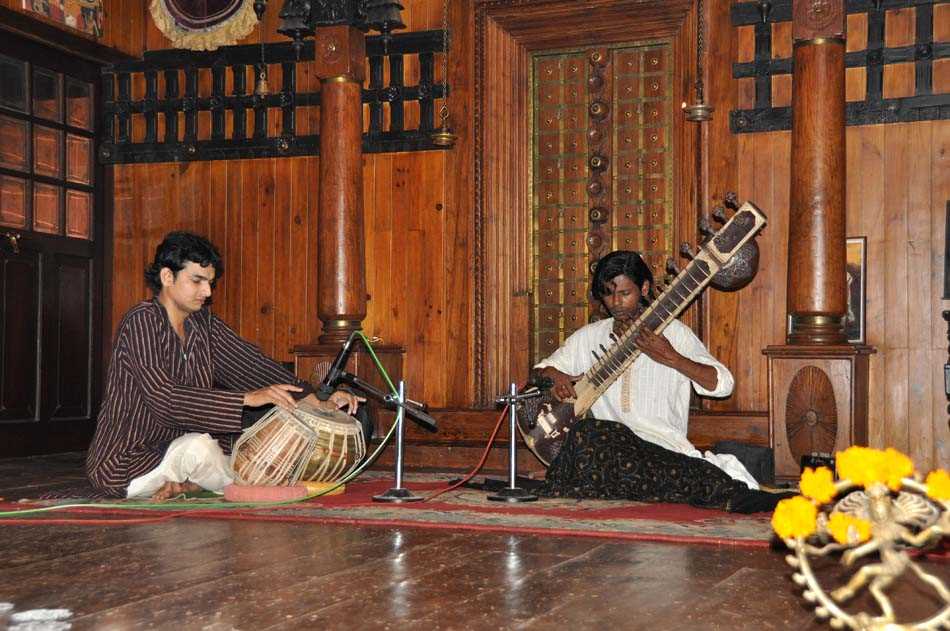
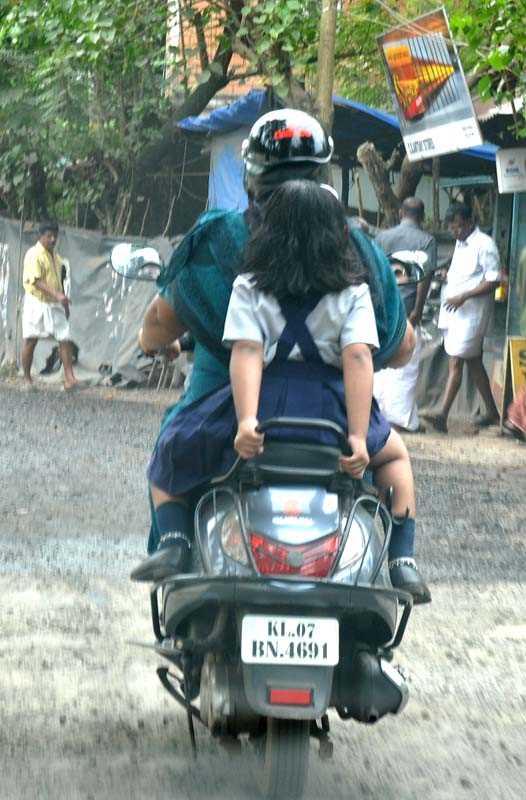
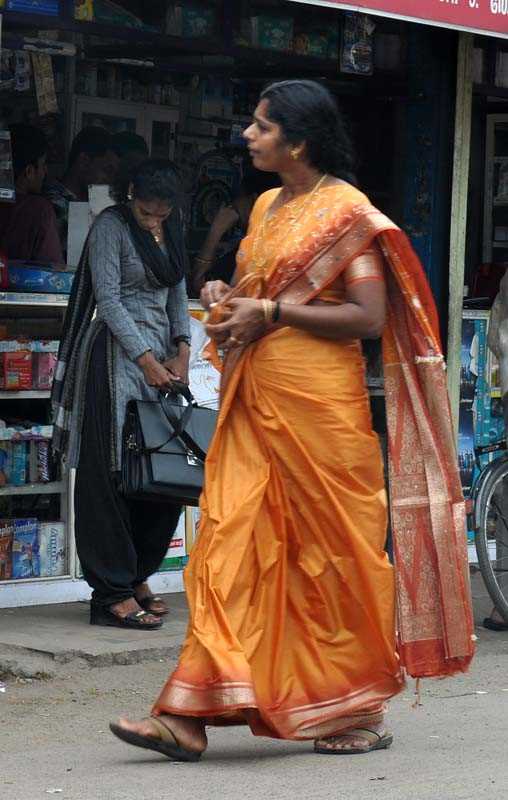
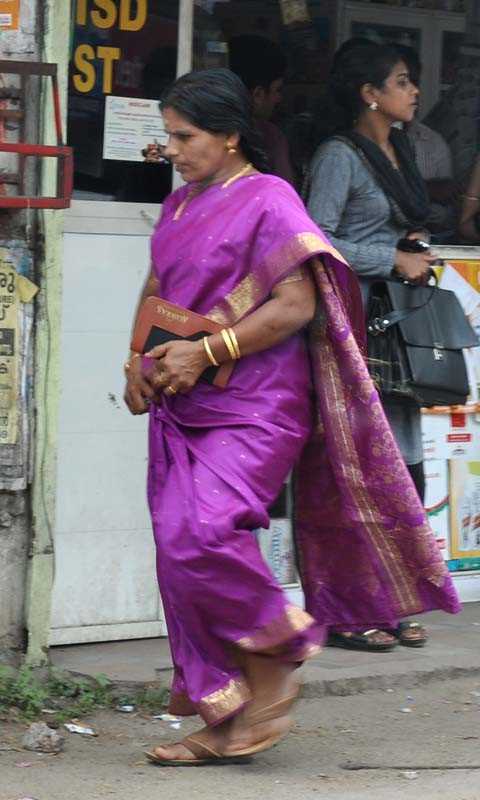
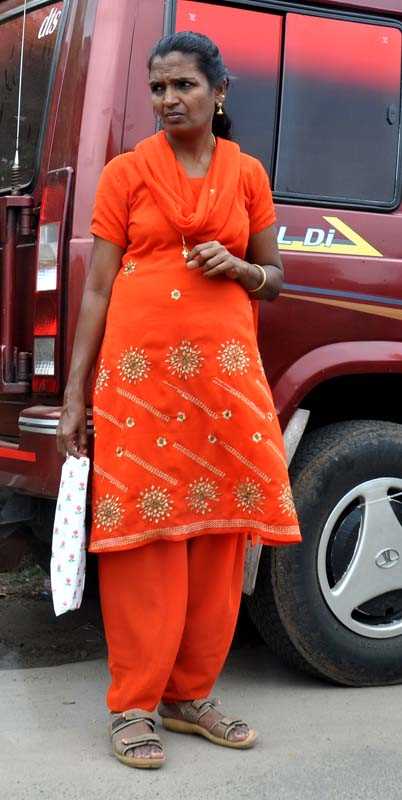
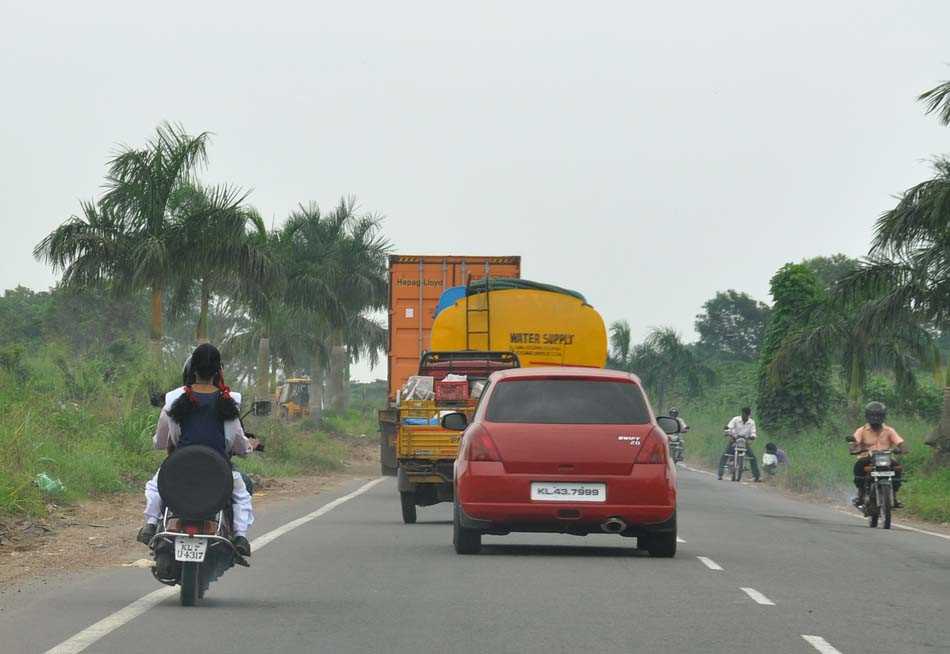
After the overnight train trip back to Delhi, I had a 2-hour flight to Mumbai
and then another 2-hour flight to Kochi in Kerala state in southern India.
My first impression here was that it was a more relaxed and neater area than in the north.
The hotel for my next Intrepid travel trip was in Fort Cochin.
This area has had a varied history. The Portuguese, Dutch and English have all occupied and controlled this coast.
Christianity is the predominant religion here.
These large "Chinese" fishing nets are a major tourist attraction in Kerala.
The nets may have been introduced by the Chinese explorer Zheng He.
Each installation is operated by a team of up to six fishermen.
The system is sufficiently balanced that the weight of a man walking along the main beam
is sufficient to cause the net to descend into the sea generally when there is a strong current.
The net is left for a short time, possibly just a few minutes, before it is raised by pulling on ropes.
The catch is usually modest - a few fish and and these may be sold to passers-by within minutes.

















A very smart mosque, modelled closely on the Taj Mahal, near Kochi.








At Fort Cochin, we went to a Kathakali Dance and Mime Show.
The Mahabharata - Kichaka Vadham.





Because in its history Cochin was occupied by the Portuguese, Dutch and British,
this area has a number of Christian churches.
The imposing Catholic Santa Cruz Basilica dates from 1902, although there has been a church here since 1506.













A pillar that remains from the 1506 church.


A remaining part of the Fort Cochin city wall.





St. Francis Church, now an Anglican church, was originally constructed by the Portuguese Franciscian Friars in 1503.
It is India's oldest European-built church.



Large flaps that were operated by men with ropes outside the church kept the worshippers cooler.

The Portuguese explorer, Vasco Da Gama died in Cochin in 1524 and he was originally buried in this church.
But after 14 years his remains were removed to Lisbon.





A merchant's house that has been there a long time.

Bastion Bungalow, an example of Indo-European architecture following the Dutch style, dating from 1667.








The Maharaja at the time (in 1568) protected the Jews from the Dutch and helped them to build
a synagogue next to his palace for close protection.
There are still a handful of Jews worshipping there.
We visited it but were not allowed to take photos inside.


The Maharaja's palace (Mattancherry Palace), next to the synagogue, is now a museum.
The palace was originally built in 1555 by the Portuguese as a gift to the Maharaja,
probably to gain trading rights.
The Dutch renovated the palace in 1665.







At night we went to a concert featuring local Kerala music.
Tablas (Indian drums) and Sitar.





